This little scenario reminded me of a story I read a few years ago in one of my farming magazines. The author is an Amish farmer from Ohio. The story is about a yellow cherry tree that his mother planted in their home orchard back in the late 1960's. The cherry tree was planted properly and well cared for but hardly any cherries arrived - for almost 22 years! ! The farmer believes the turning point came when as a young man he married and brought his new bride to live at the home farm. He claims that his beautiful brides daily trips to the mailbox, which was right across the fence from the yellow cherry tree, encouraged the tree to begin bearing regularly. For many years the family harvested an average of 30 to 40 gallons of cherries from the tree each June (except for a few years when frost and early summer storms took their toll). A few years the tree bore 70 gallons and twice it bore over 100 gallons of cherries in a single season. All this, after being dormant for over 20 years. The moral of this story is that nature will do what nature will do. It does not always cooperate with our plans and timetables. Our Father created the natural world to be marvelous and mysterious. There is much to marvel at and we like that, what we don't care for as much is that it is also mysterious.
No matter how much we study and dissect it, it will never be fully known and therefore never fully controlled. We humans like to be in control. Maybe that is why the modern world holds the natural world at arms length - because we know that when push comes to shove we have very little control over the world of nature. Most of us would prefer to spend our time and energy on things that are much more controllable and predictable.
Reading this story about the yellow cherry tree brought back some good memories from my own childhood. My grandfather had a very extensive orchard as well, it fact it was his primary income source during the summer months. His orchards comprised many acres but In between the house and barn was one large sweet cherry tree. I spent many pleasant hours of my childhood in that tree eating big, dark red cherries by the handful. Of course I also spent a considerable amount of time in the bathroom but that was a trade off I was always willing to make.
Since I spend a pretty good amount of time forking this stuff around I have lots of time to "ruminate" as I work. Sometimes I pray as I fork but this spring my thoughts turned to a familiar passage of scripture - I Corinthians 1: 26-29
"Remember, dear brothers and sisters, that few of you were wise in the world's eyes or powerful or wealthy when God called you. Instead, God chose things the world considers foolish in order to shame those who think they are wise. And he chose things that are powerless to shame those who are powerful. God chose things despised by the world, things counted as nothing at all, and used them to bring to nothing what the world considers important. As a result, no one can ever boast in the presence of God."
My mind drifted to these verses because I can't think of anything more foolish or despised in our culture than a nasty pile of animal manure. Many years ago man in his infinite wisdom decided he could do better than what God had designed for providing fertility to this earth. So he invented chemical fertilizers made from petroleum-based products to provide needed fertility. It worked so well that a new term was coined - the Green Revolution. Yes, crop production increased but after a while it became apparent that these crops are similar to drug addicts. It takes more and more "drugs/fertilizer" to reach the desired effect. There are many problems with chemical fertilizers but one of the biggest is that while the chemical may give the plant a temporary boost it basically destroys the unseen, biological world within the soil. The God-created life within the soil is being sacrificed for the sake of a synthetic, man-made drug. The cumulative effect is that where chemical fertilizer is the norm, soil biology is in steep decline and essentially the soil is dying. That is not good news for farmers who own this land or for the consumer who relies on this farmer's land for food. Unfortunately, when faced with depleting soils many farmers do the only thing they know to do - apply more chemical fertilizer.
I'll pass on the bag of fertilizer - give me a pitchfork.
Blessings to you my friends,
Todd
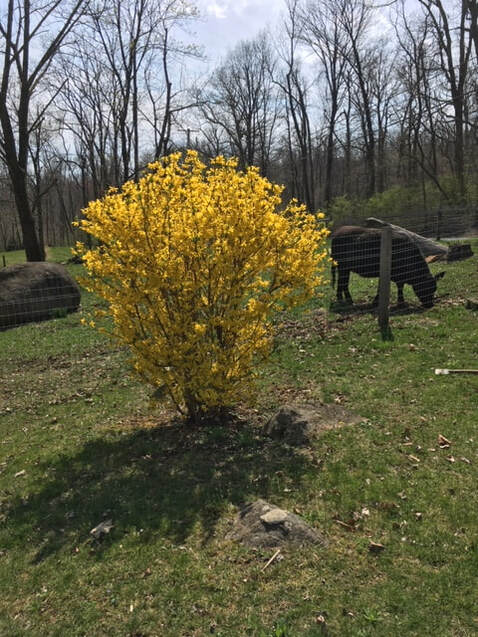
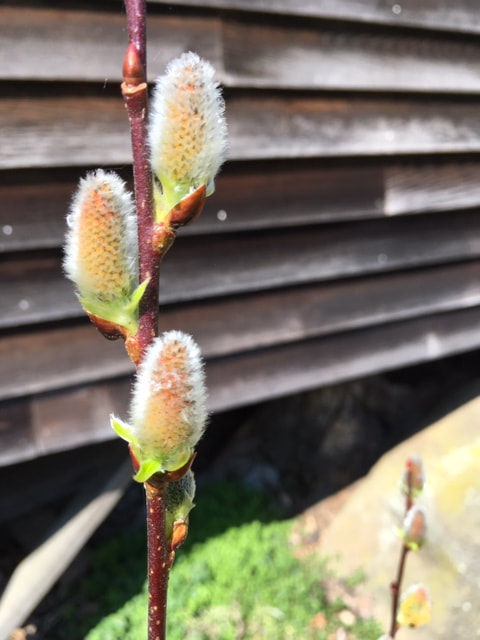
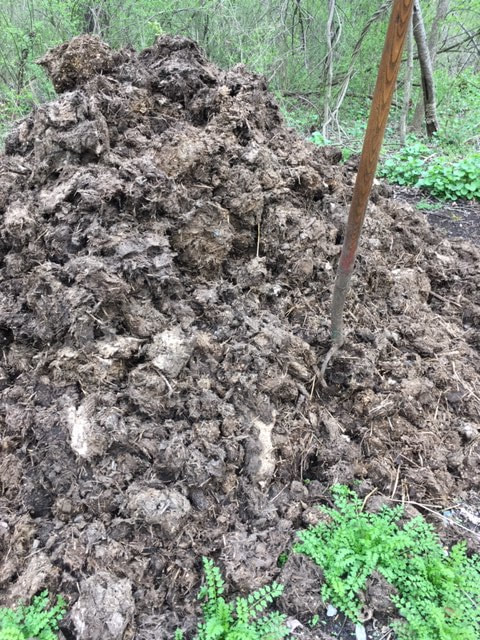
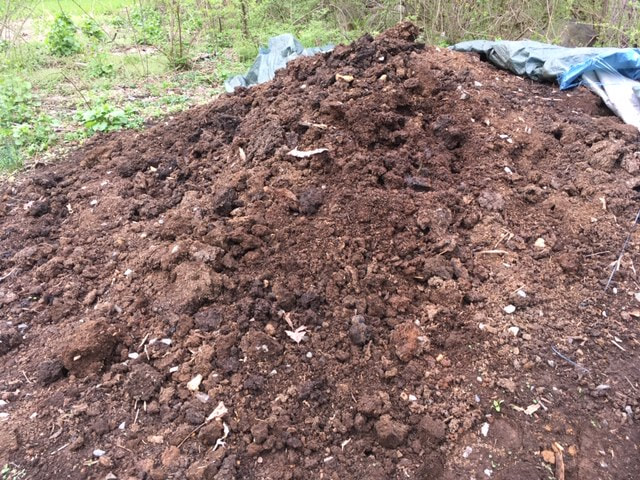
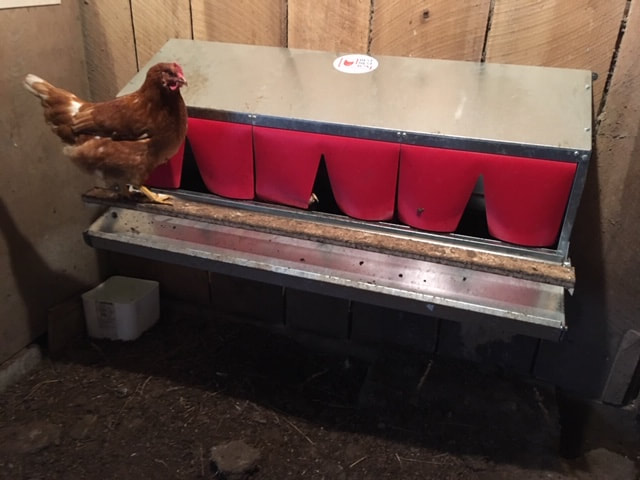
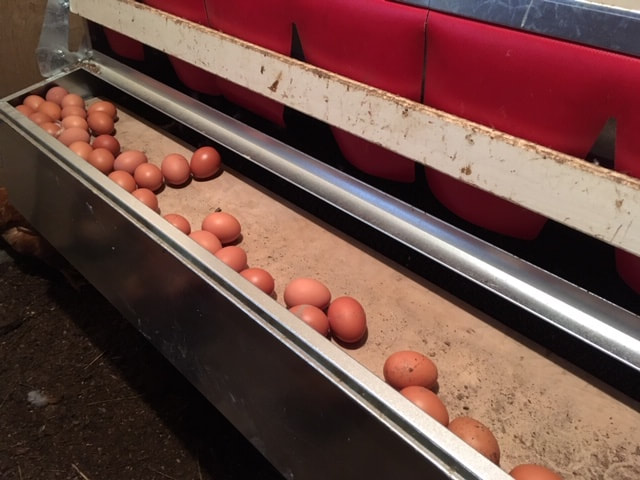
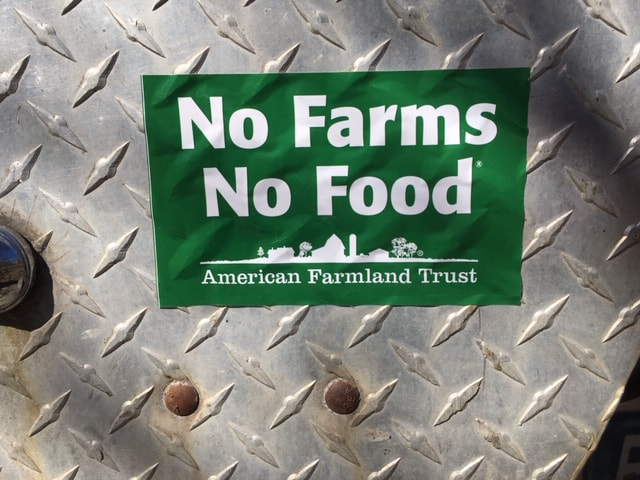
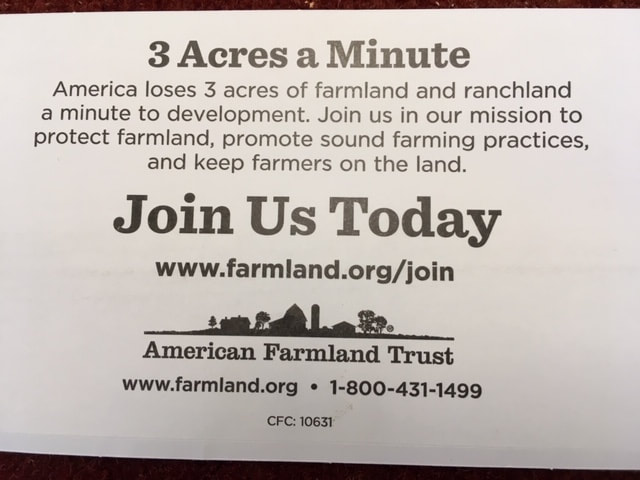
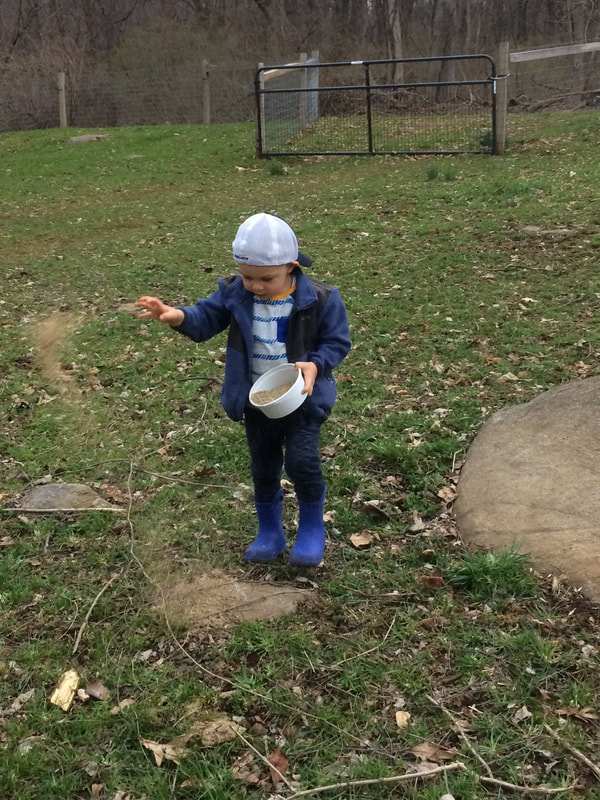

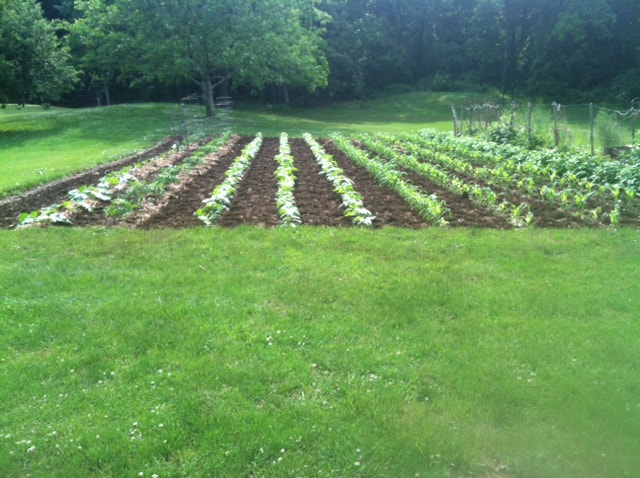
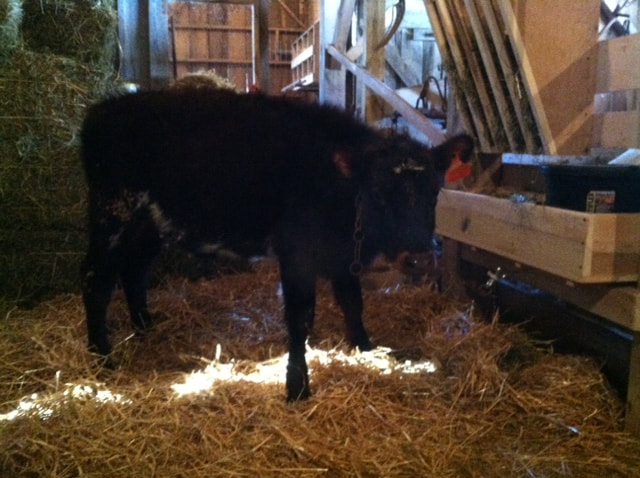
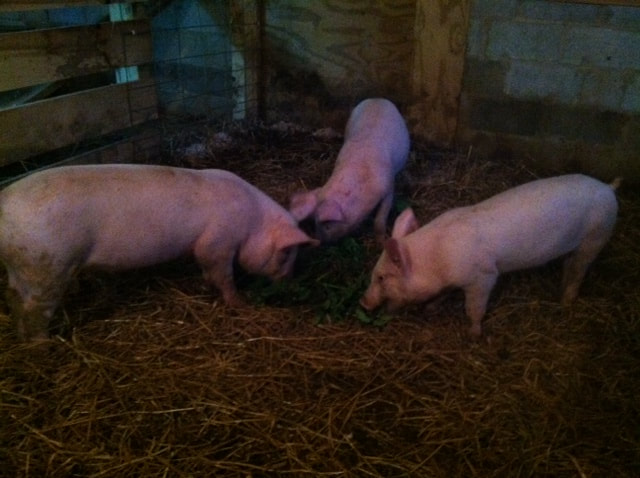
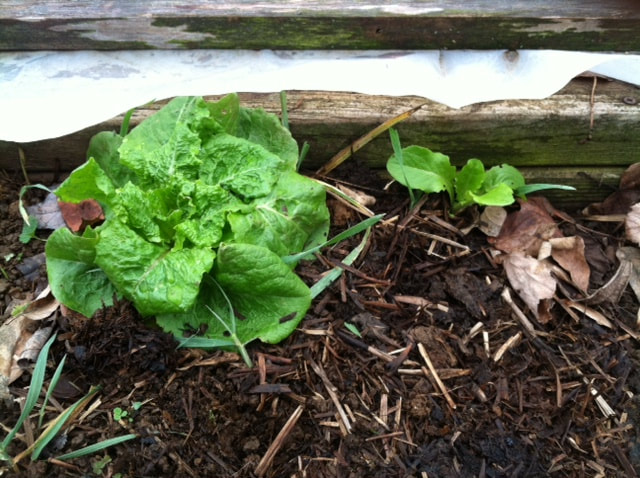
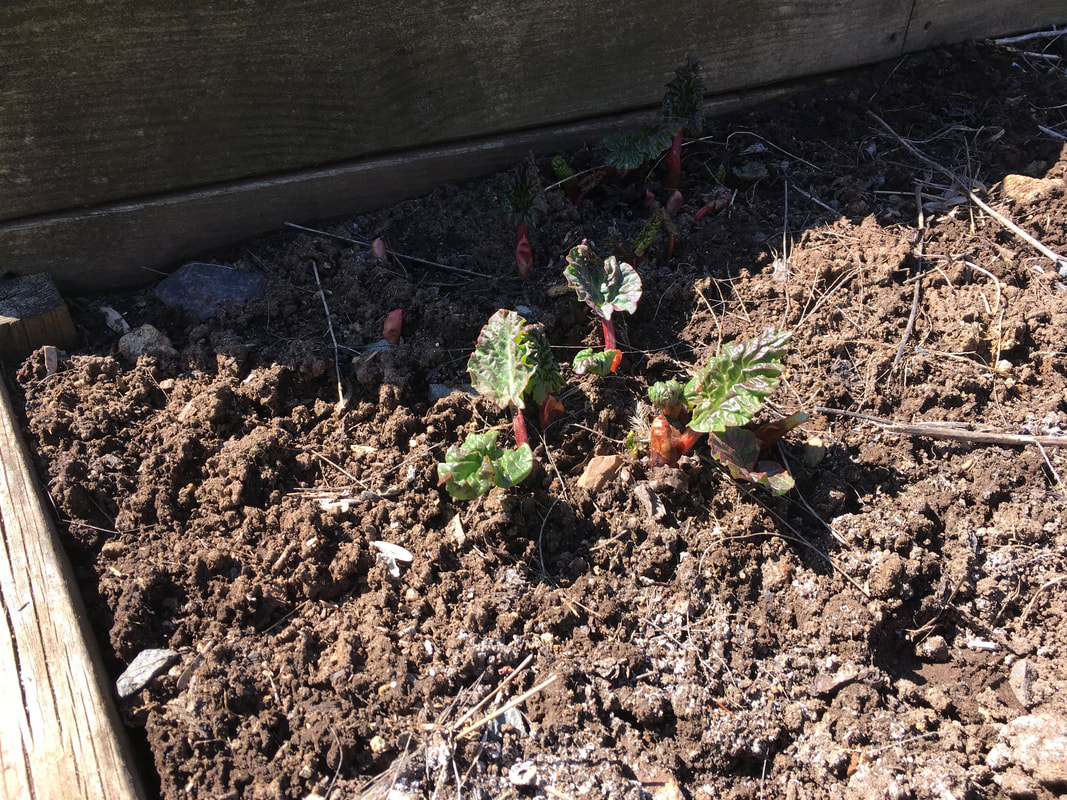
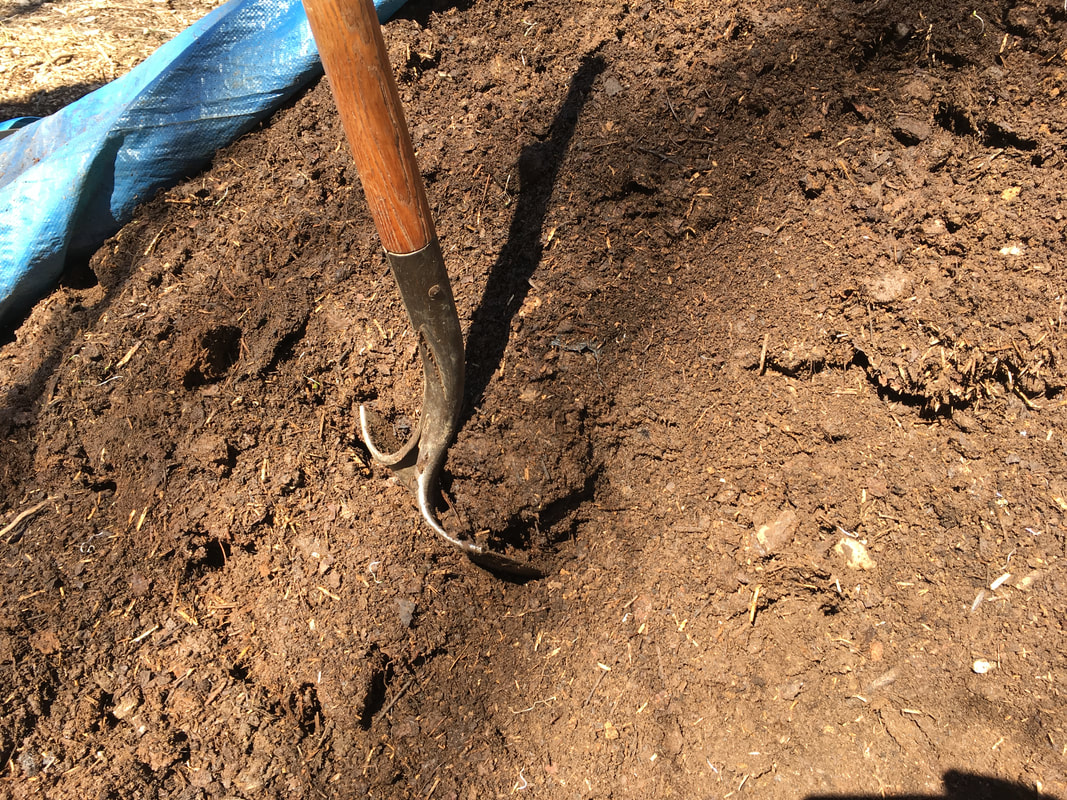
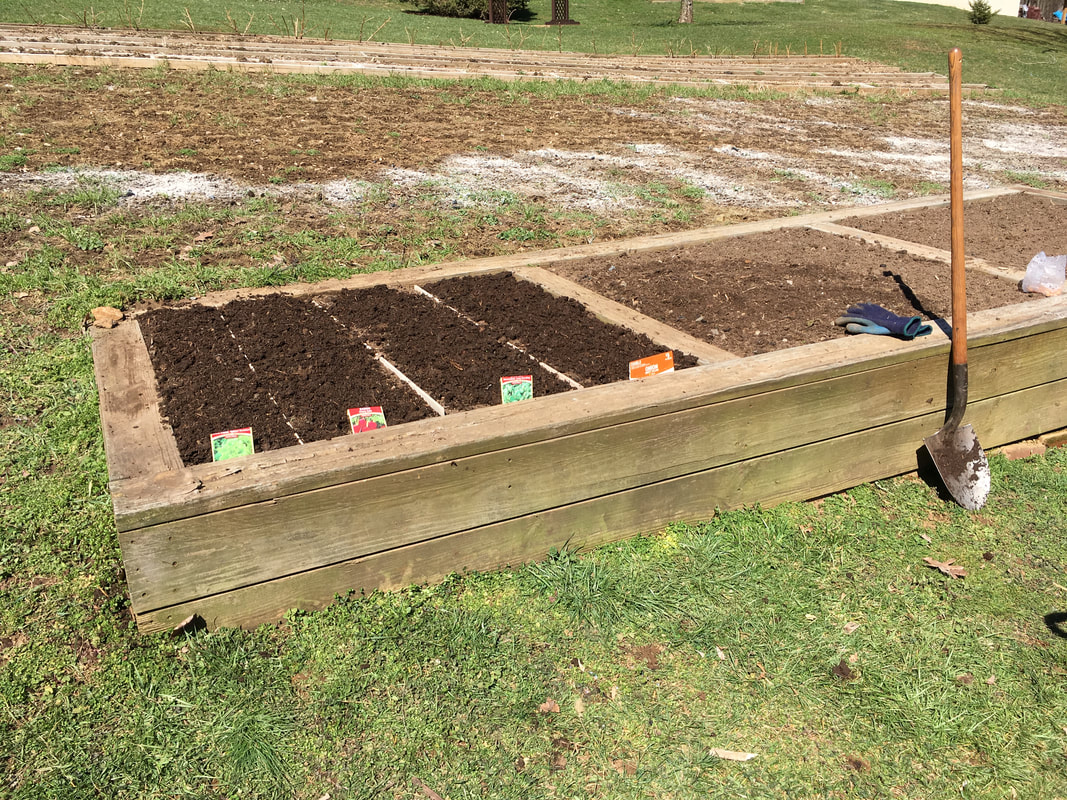
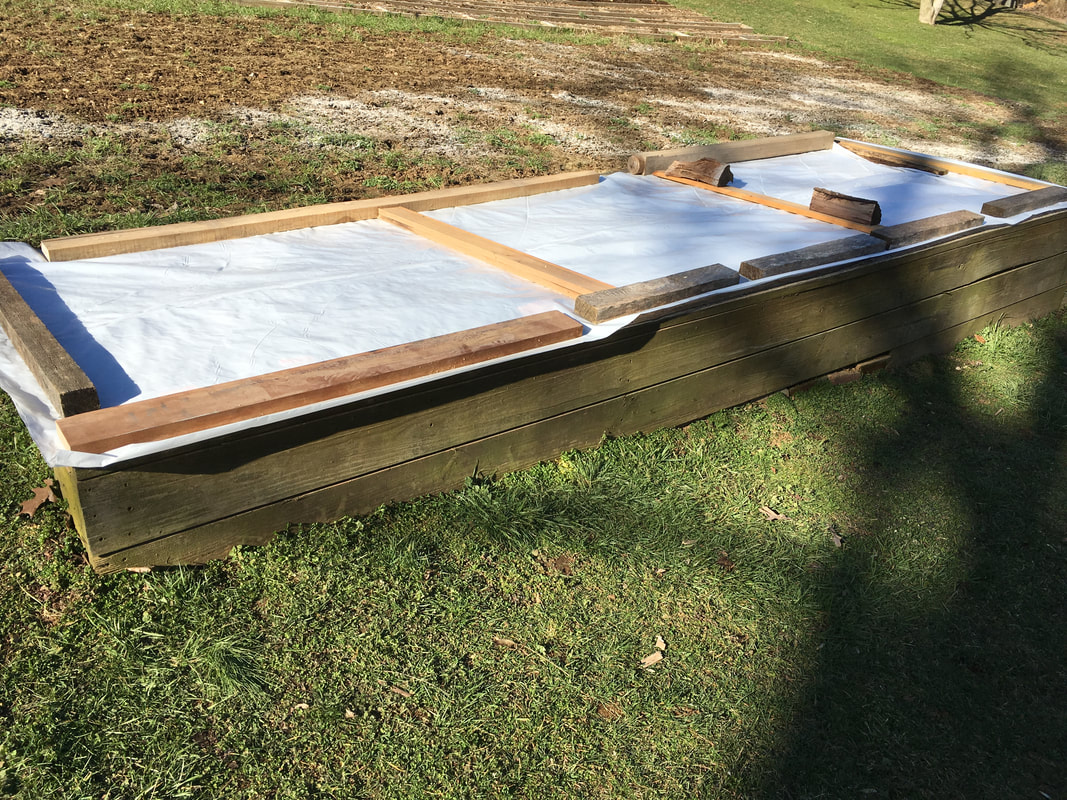
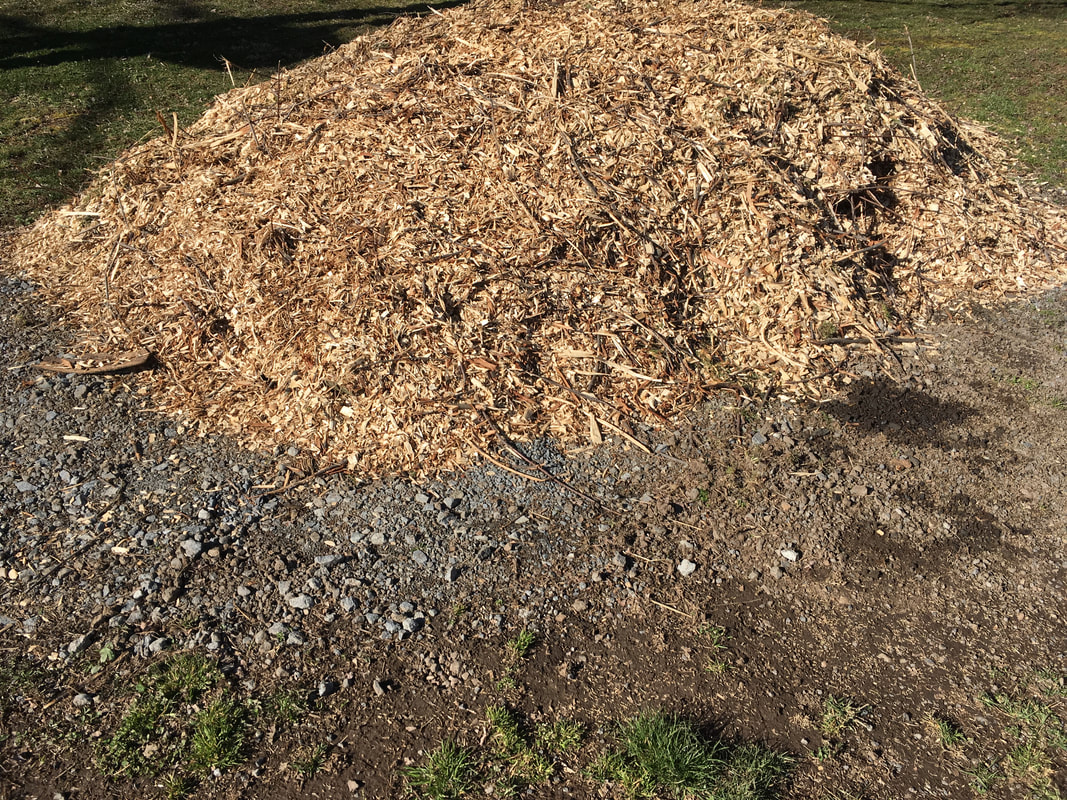
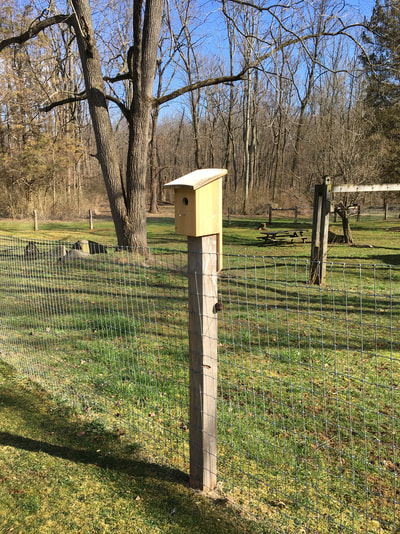
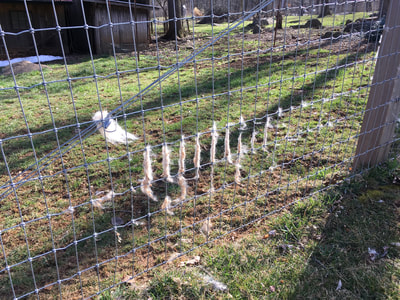
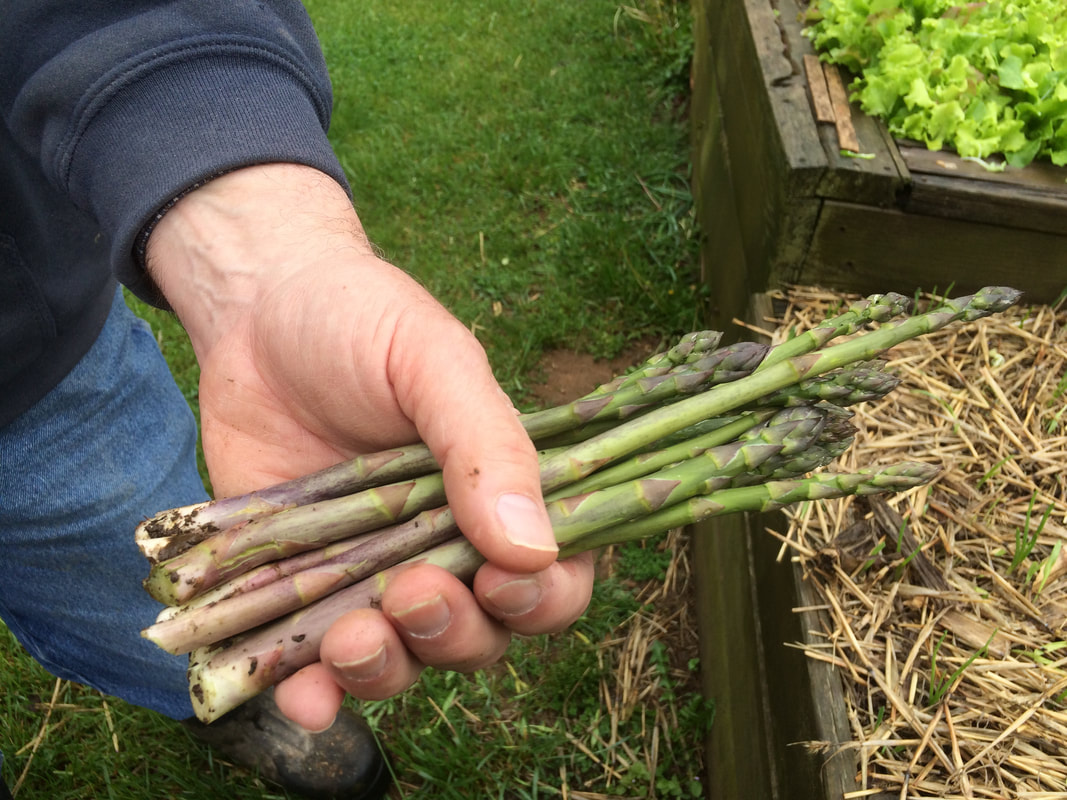
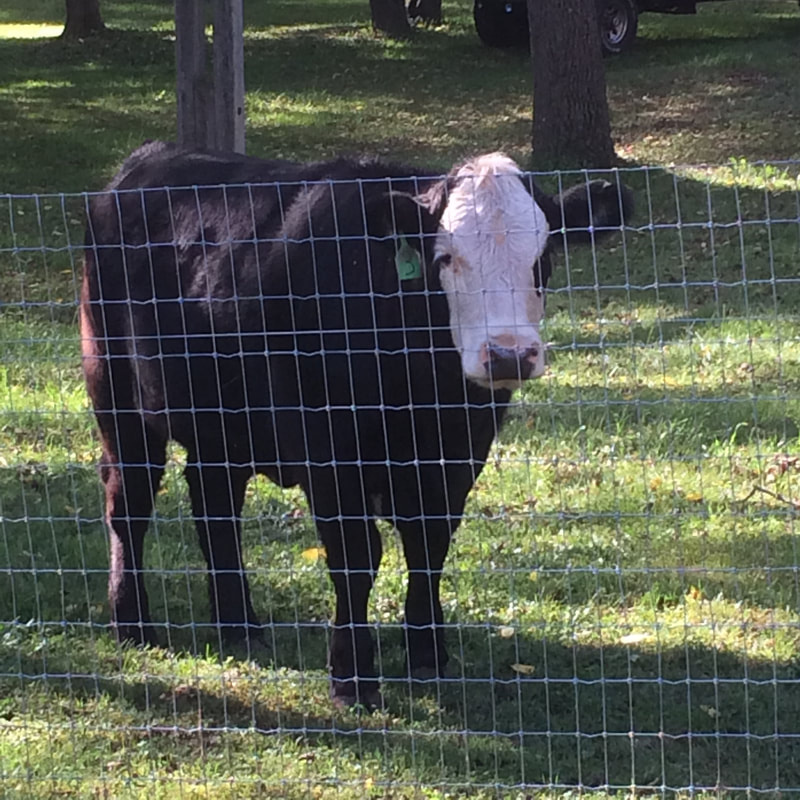
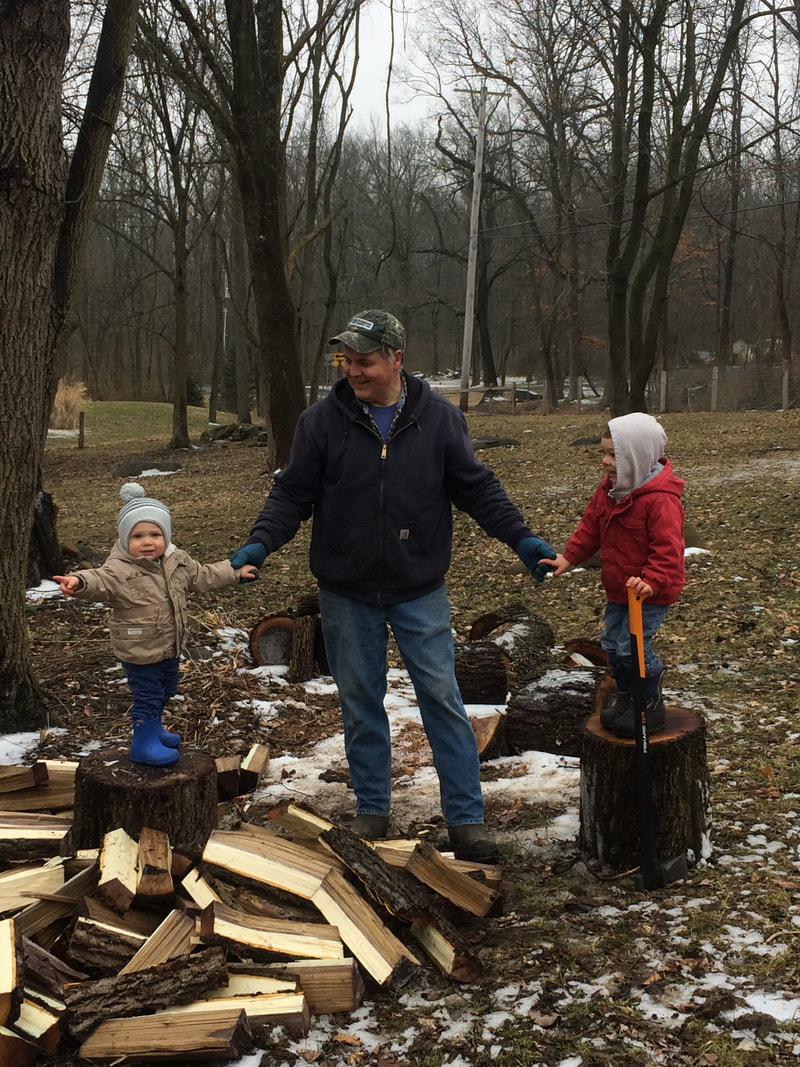
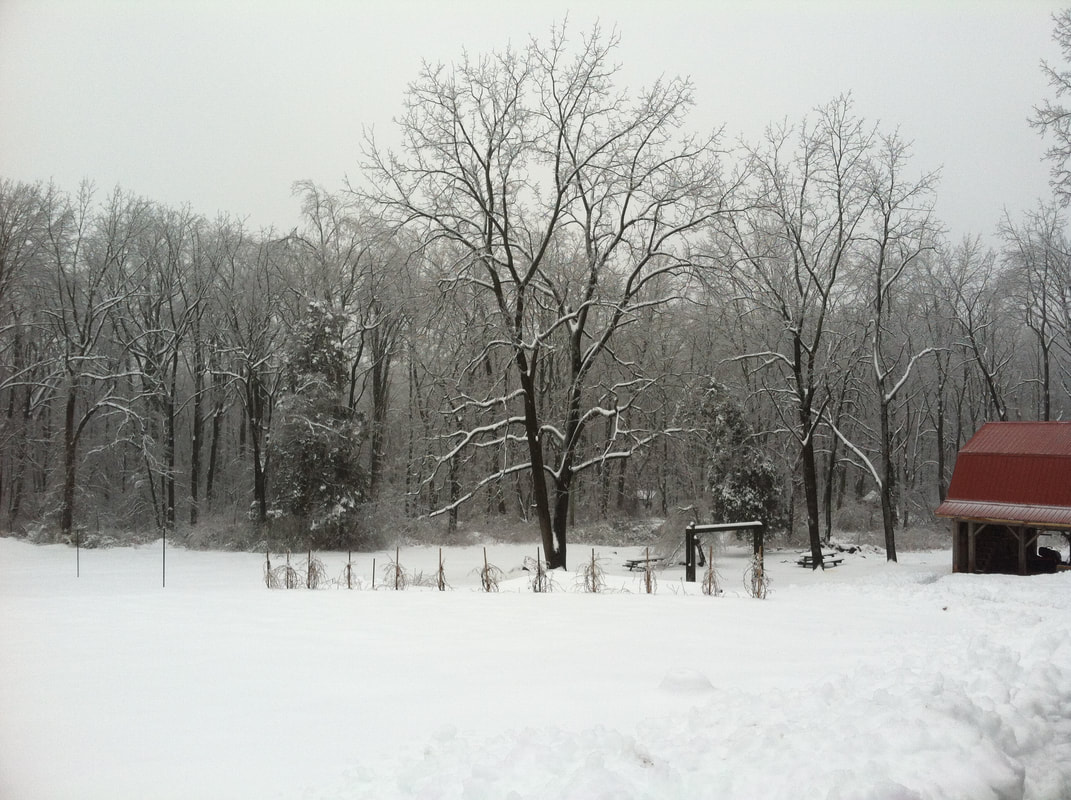
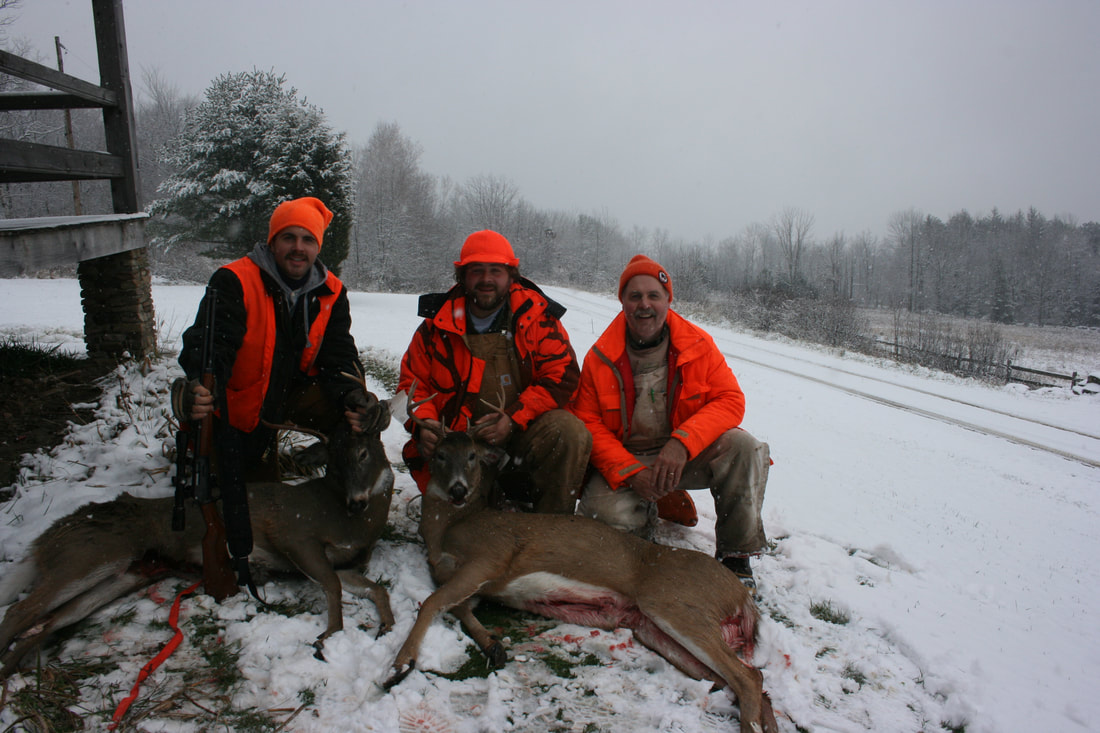
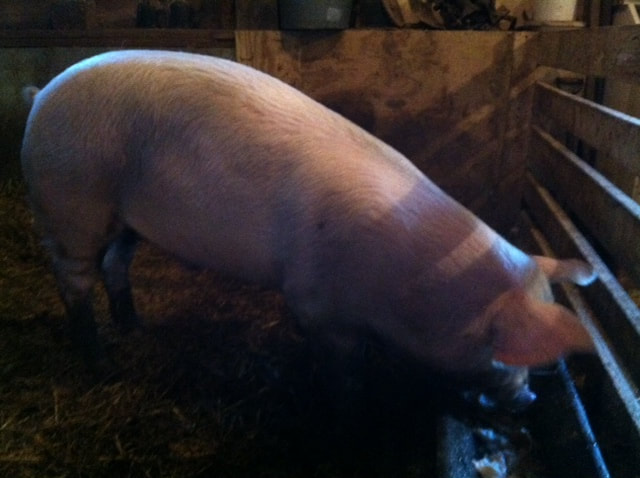
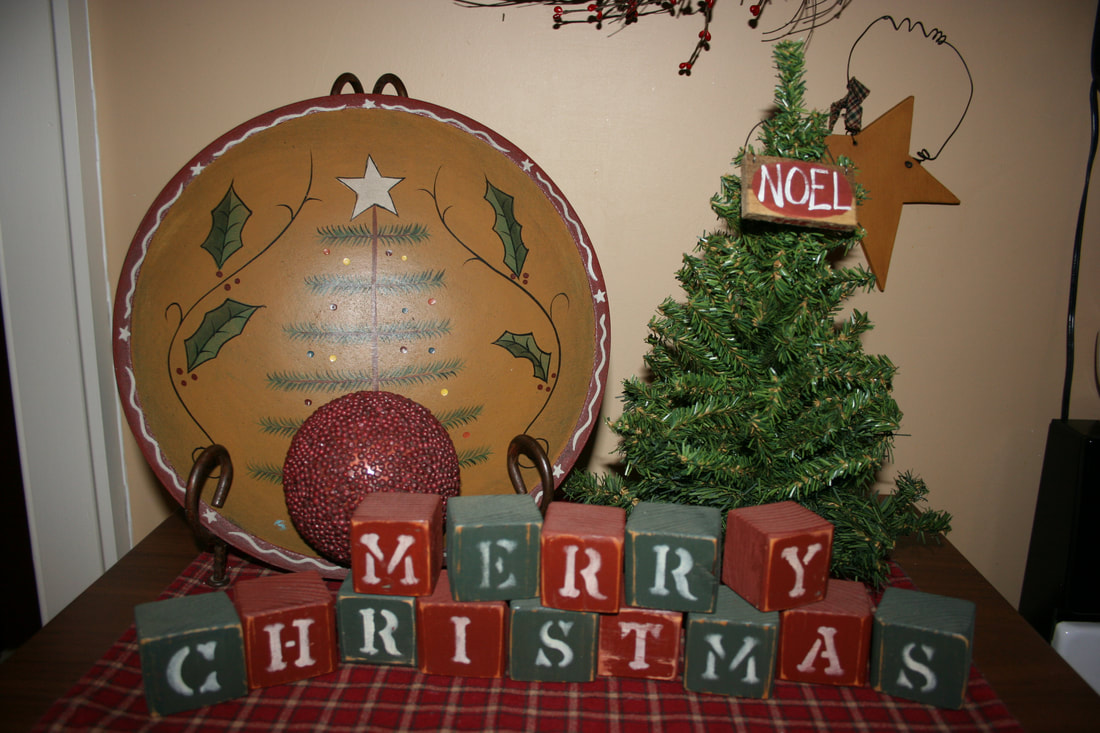
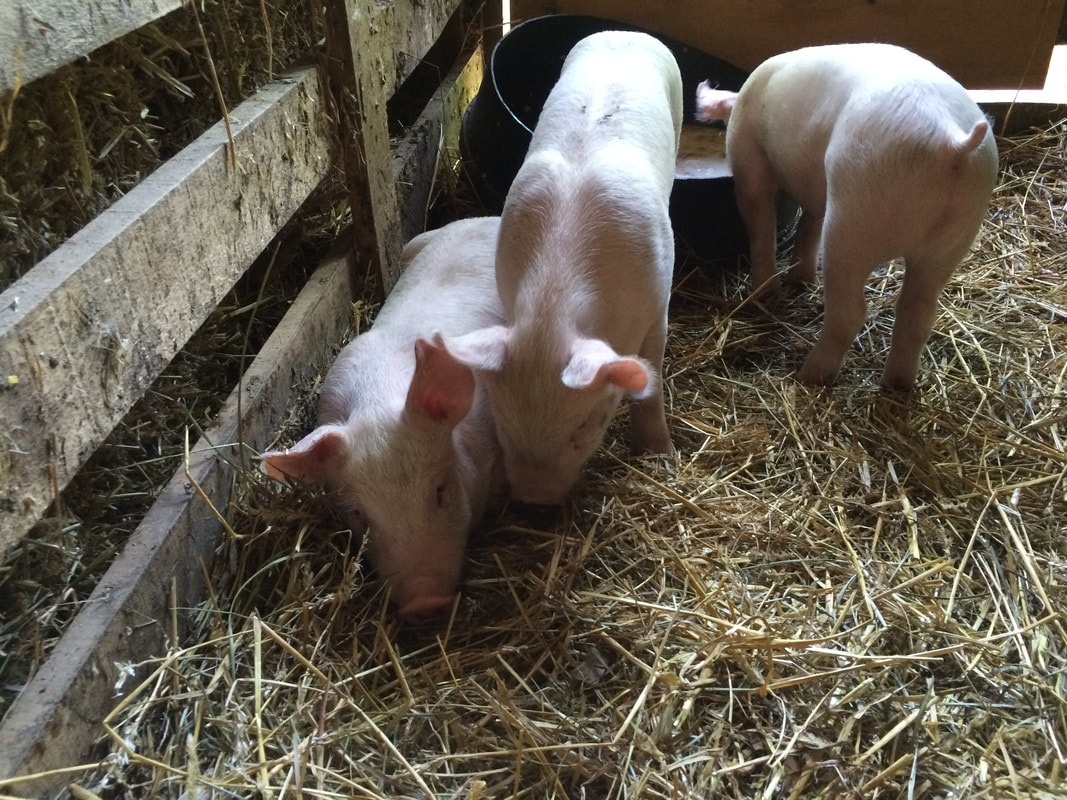
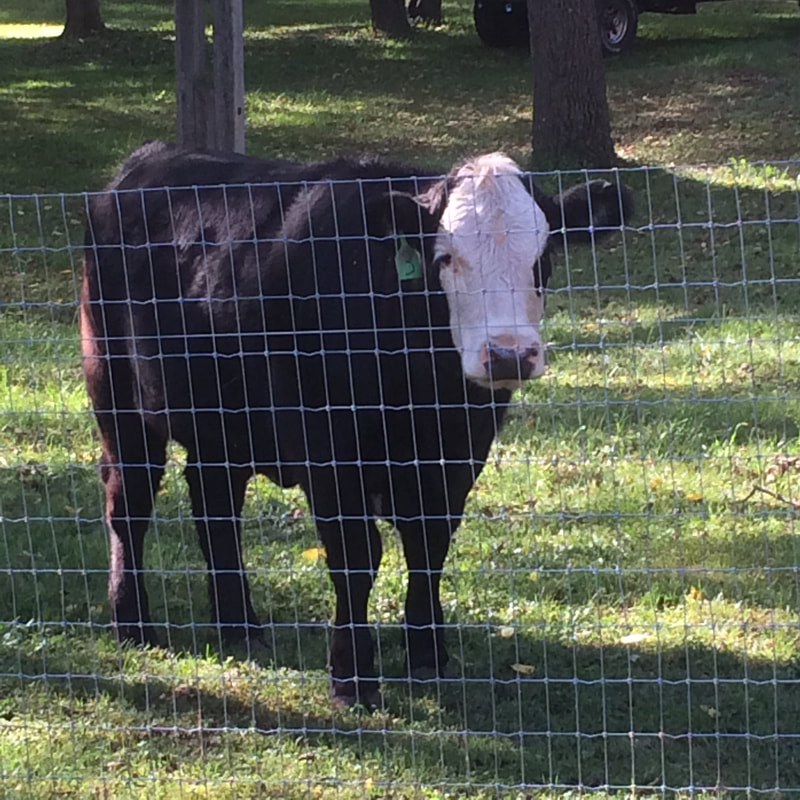
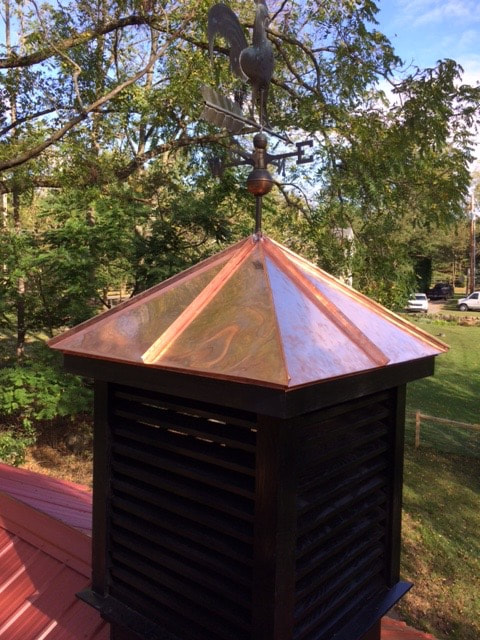

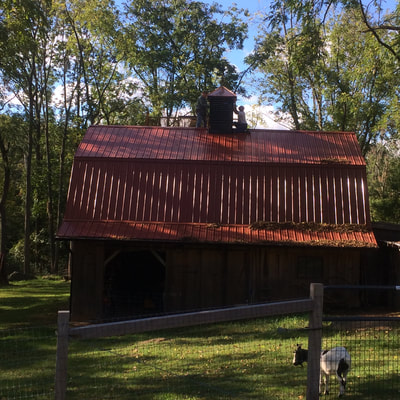
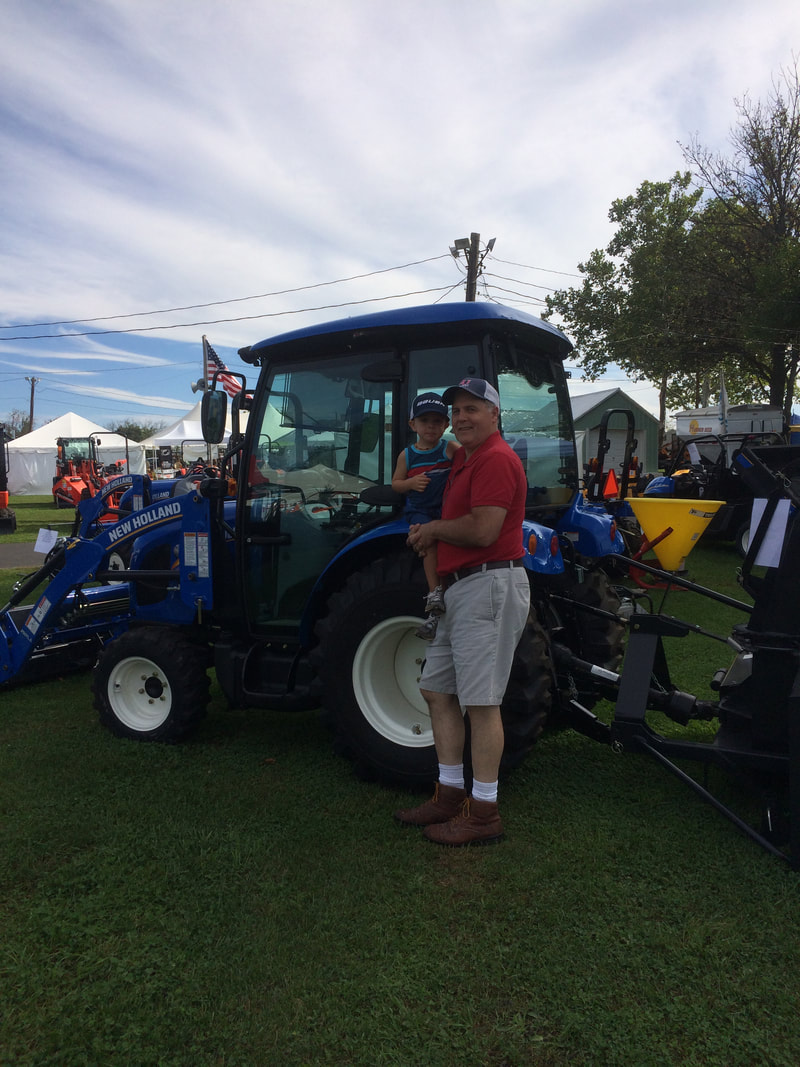
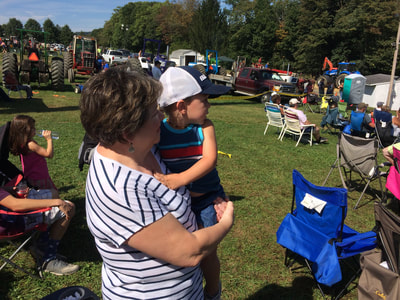
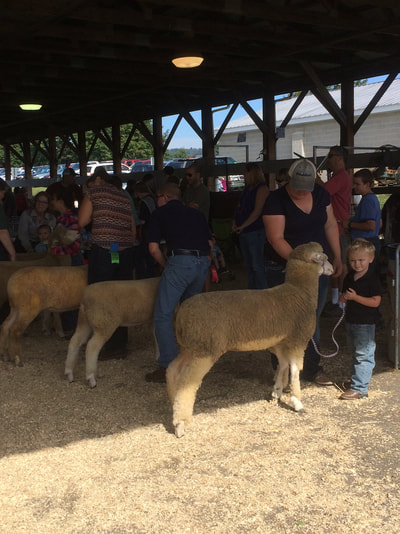
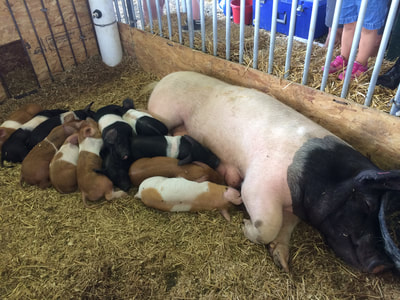
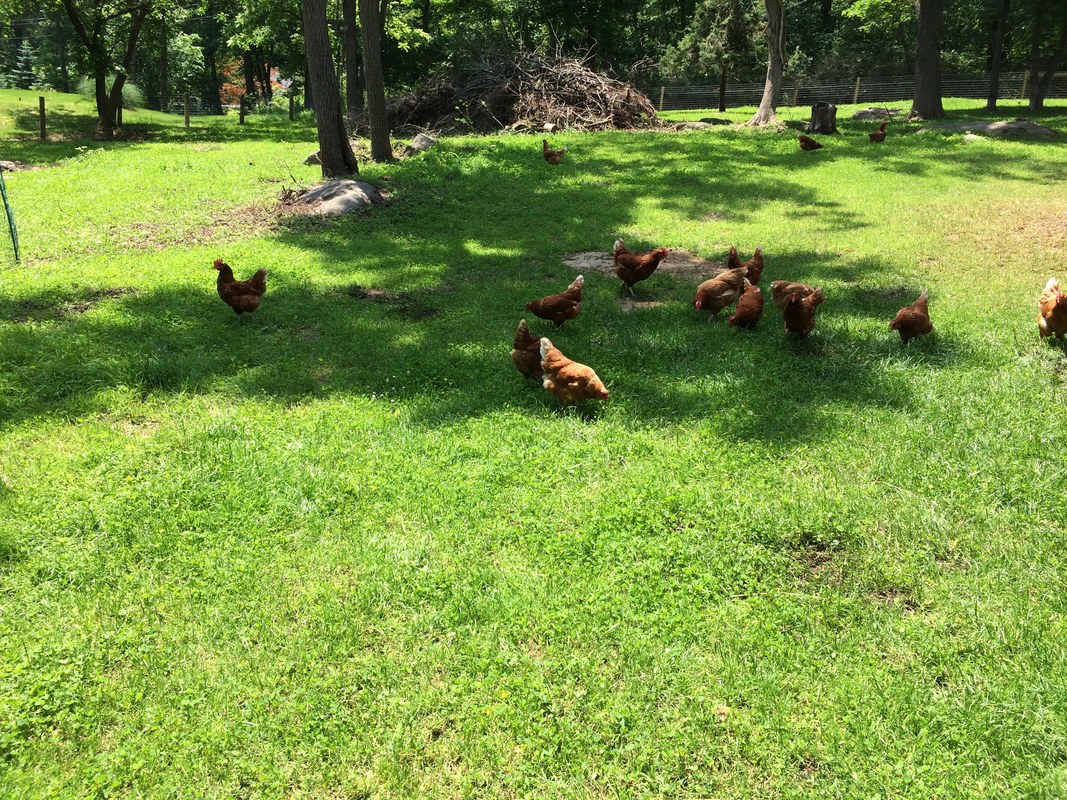
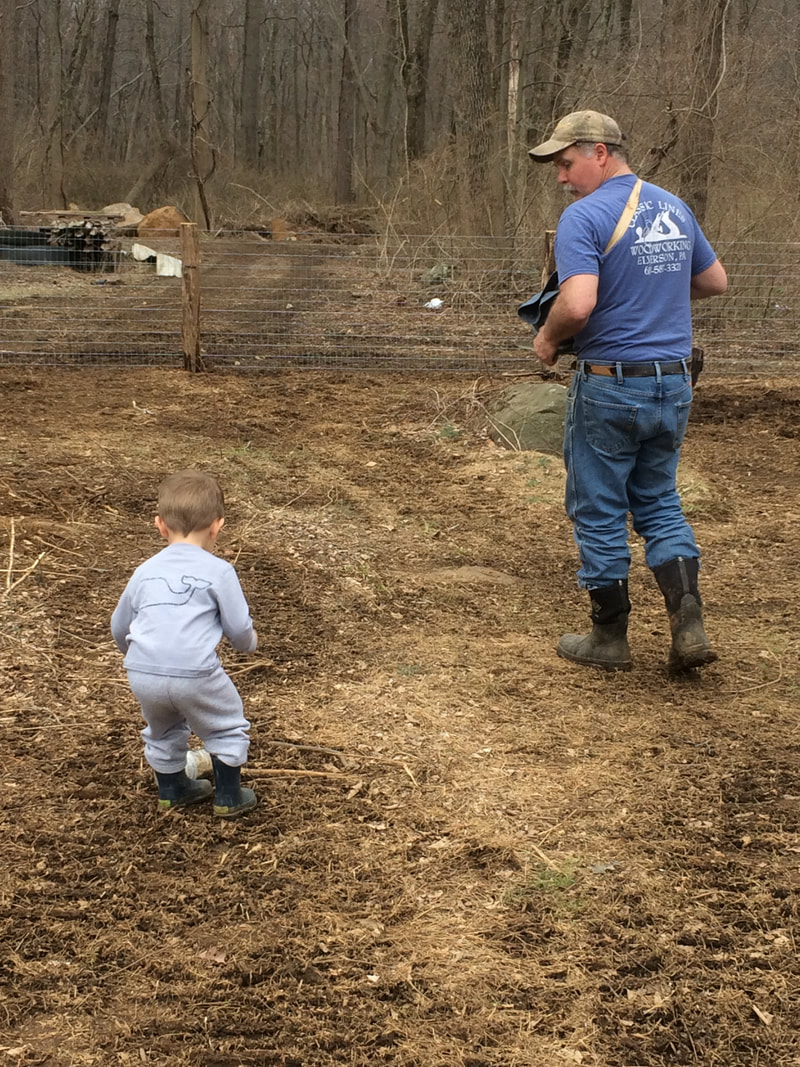
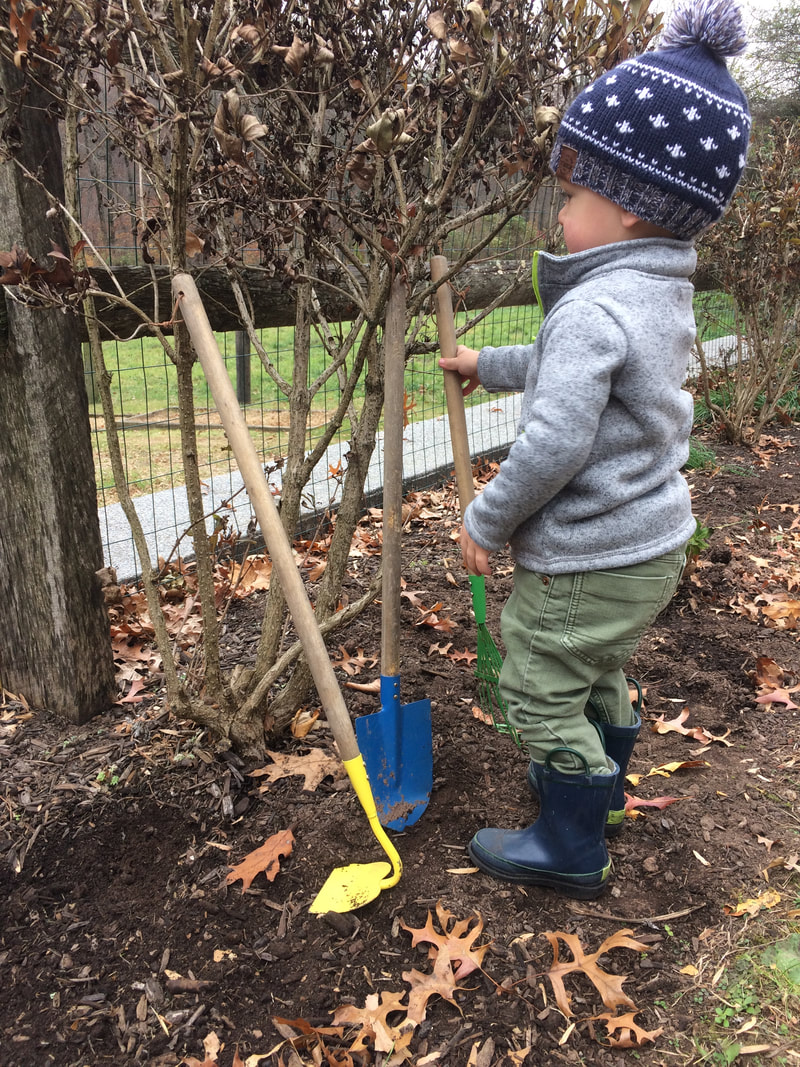
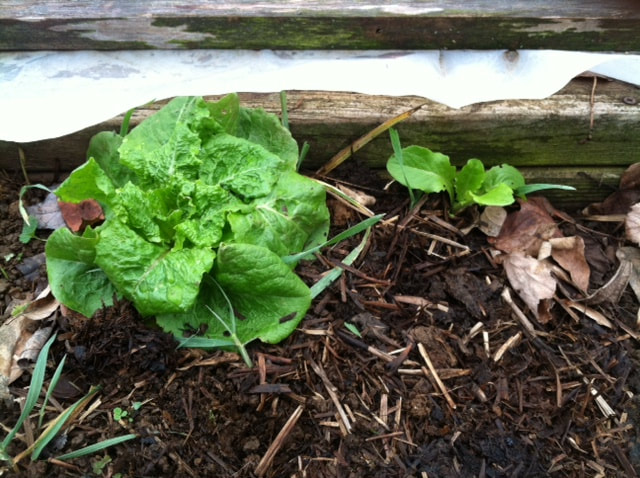
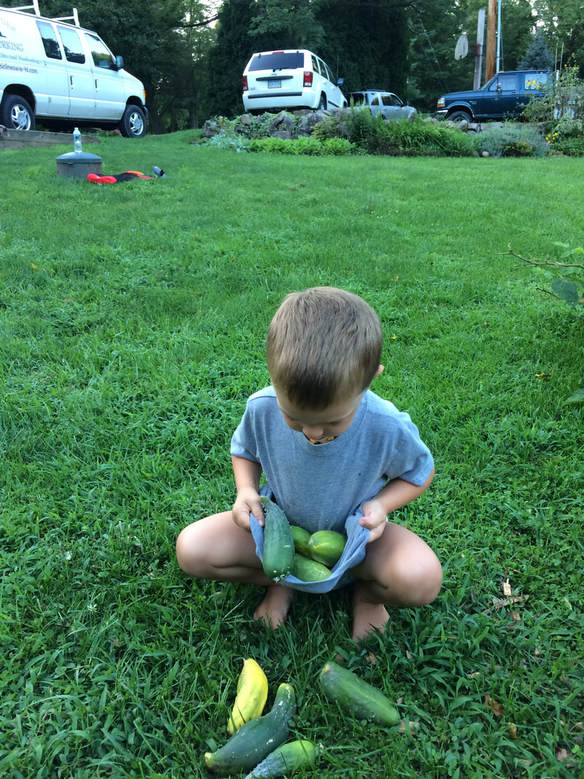
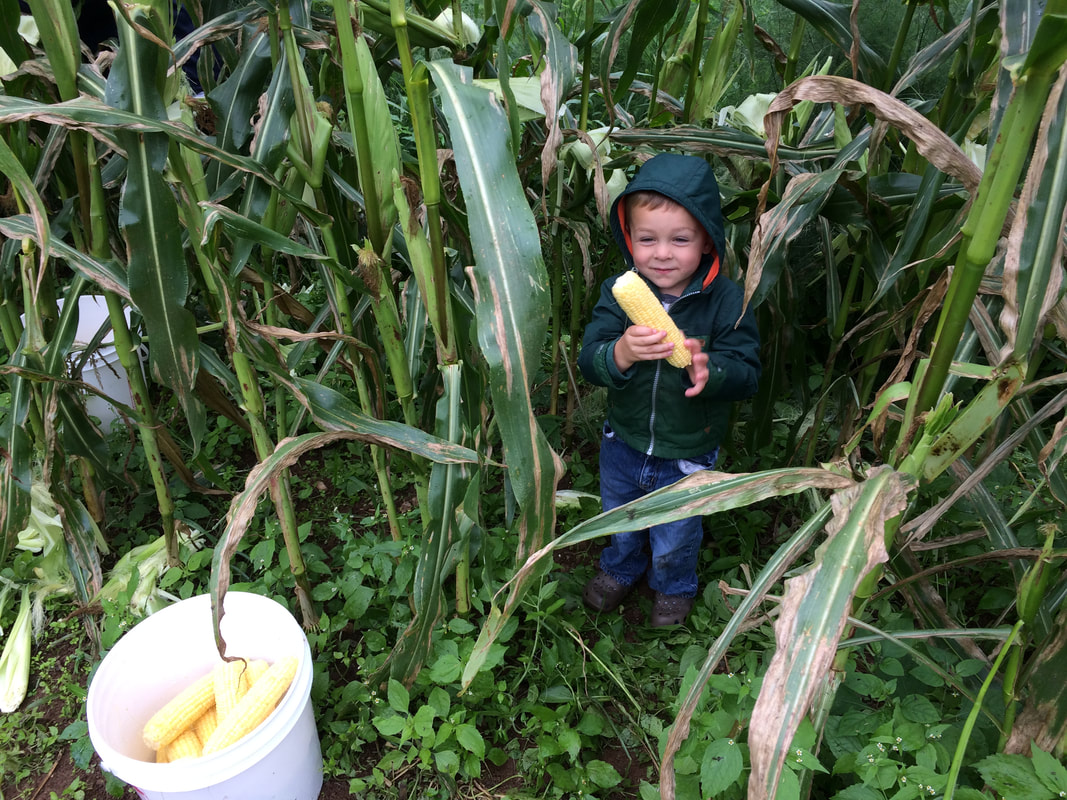
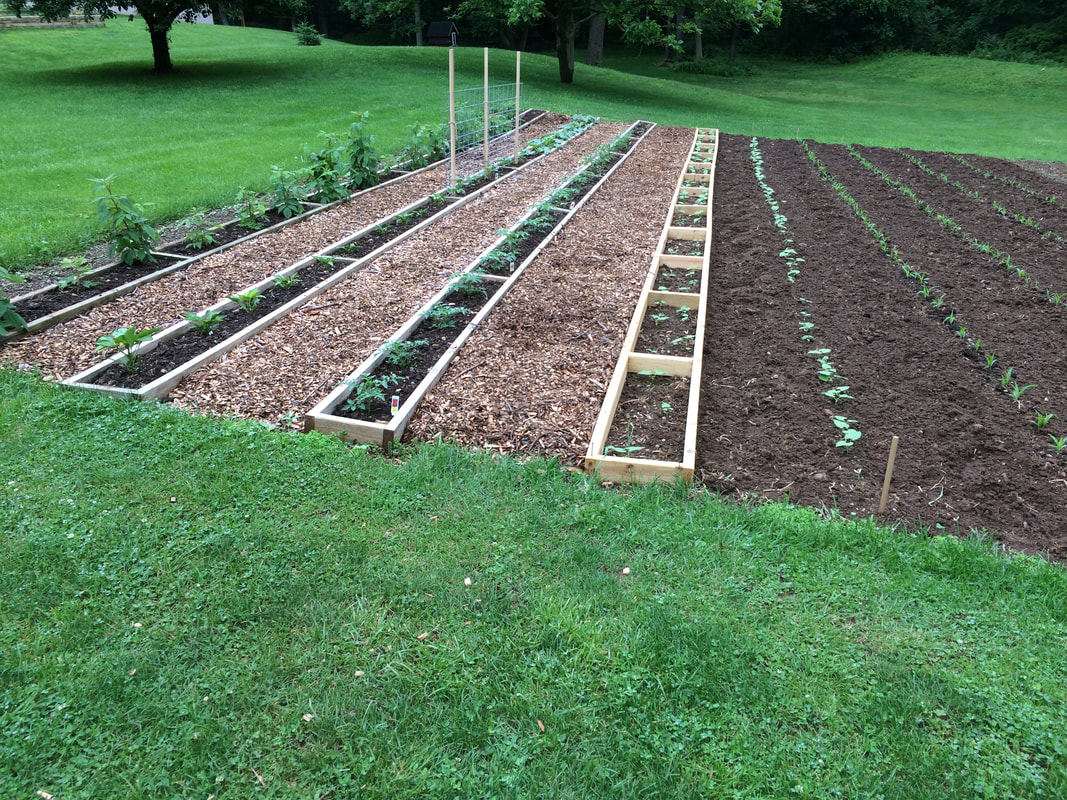
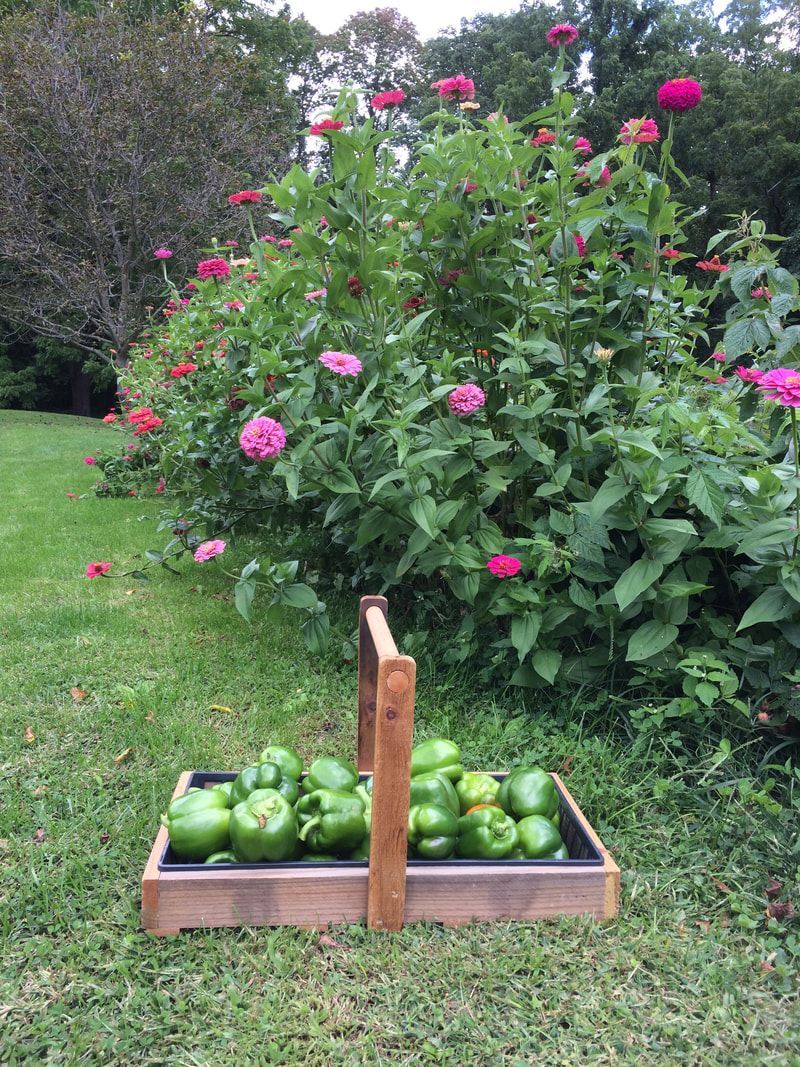
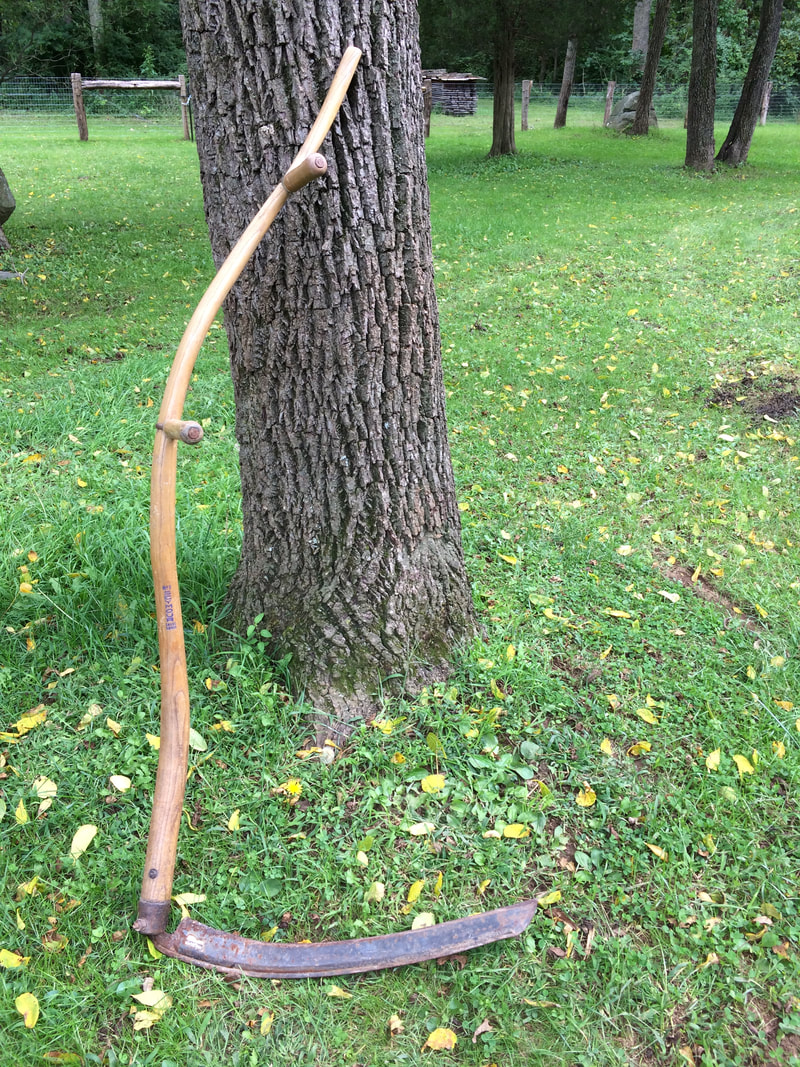
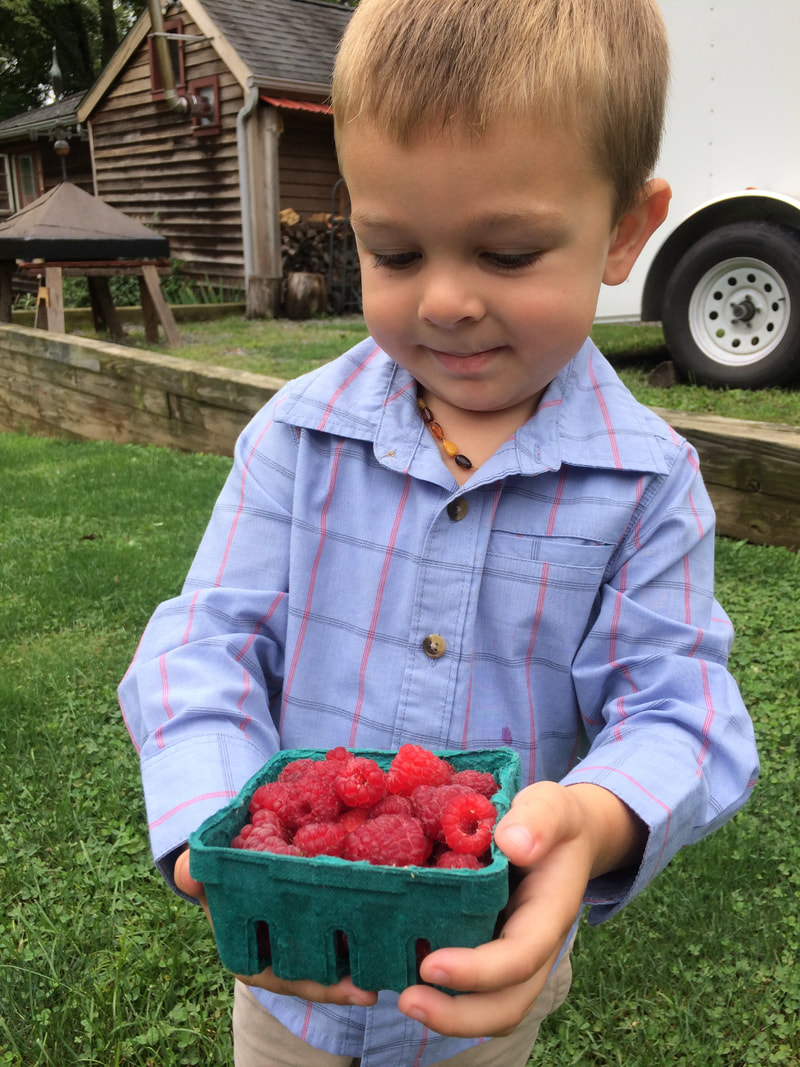
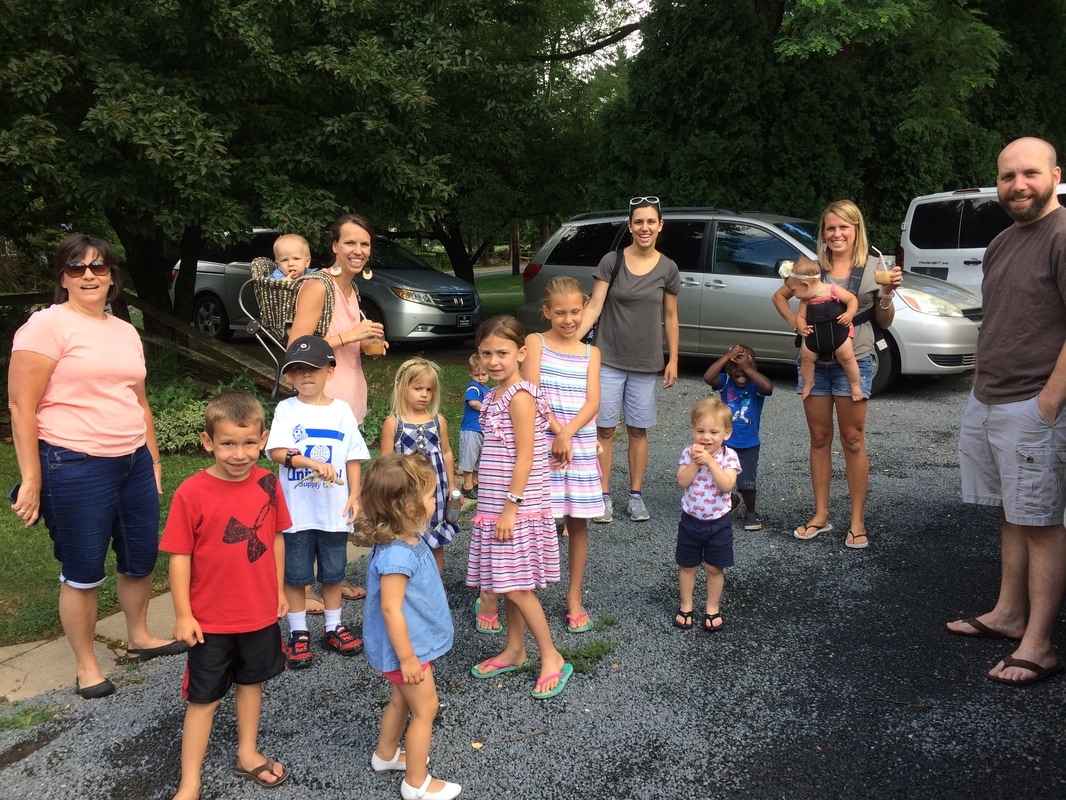
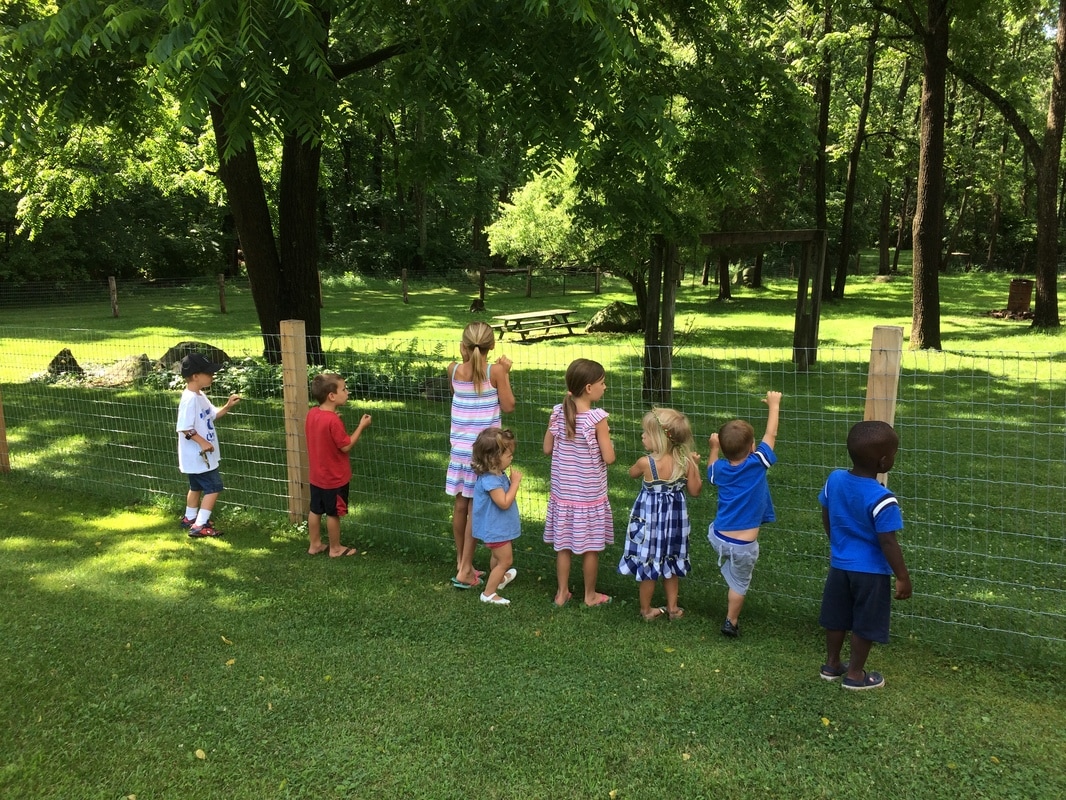
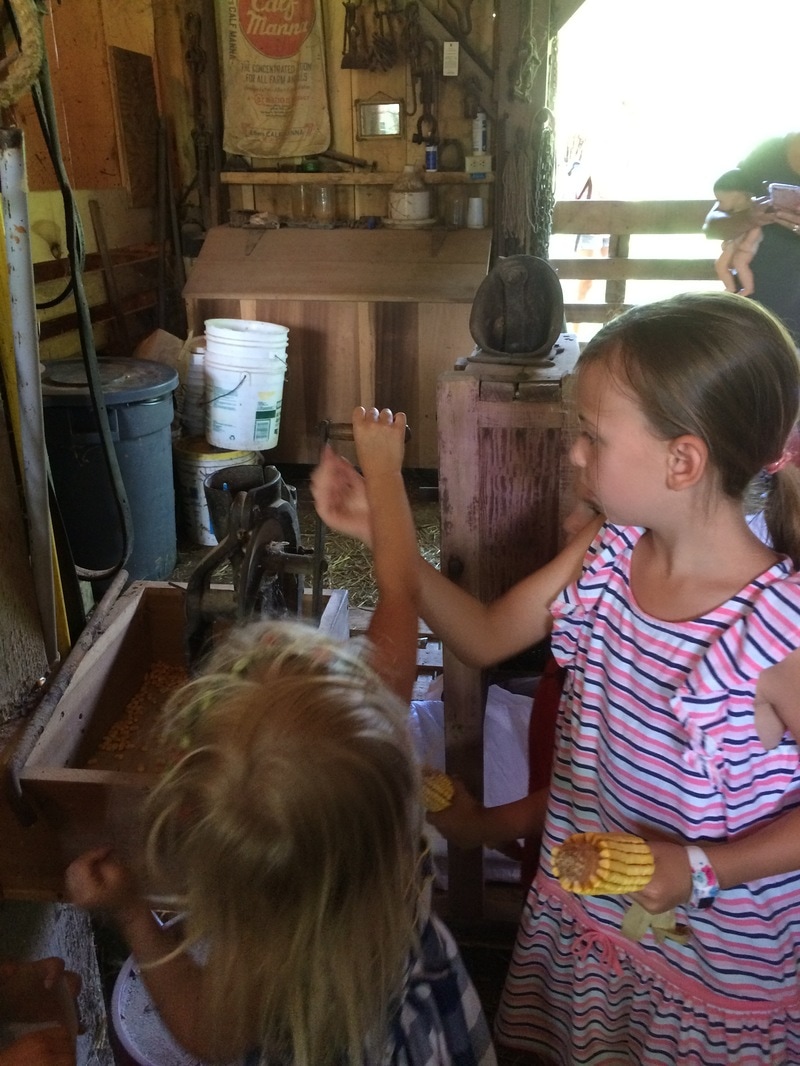
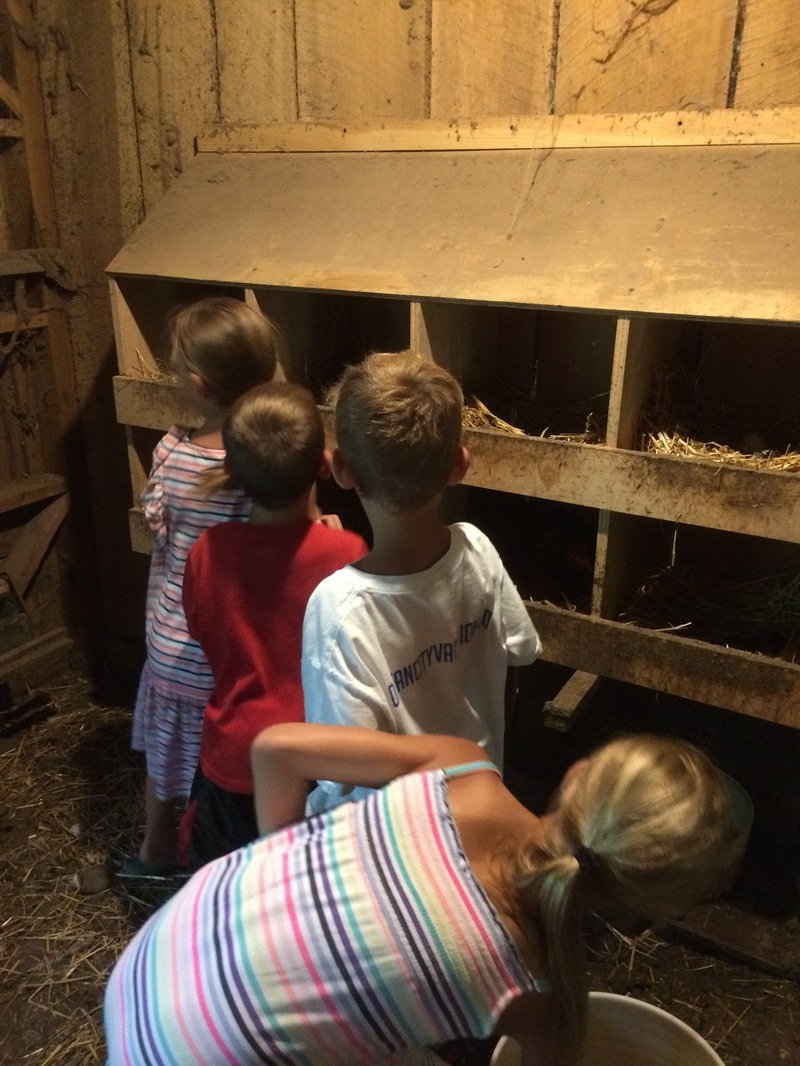
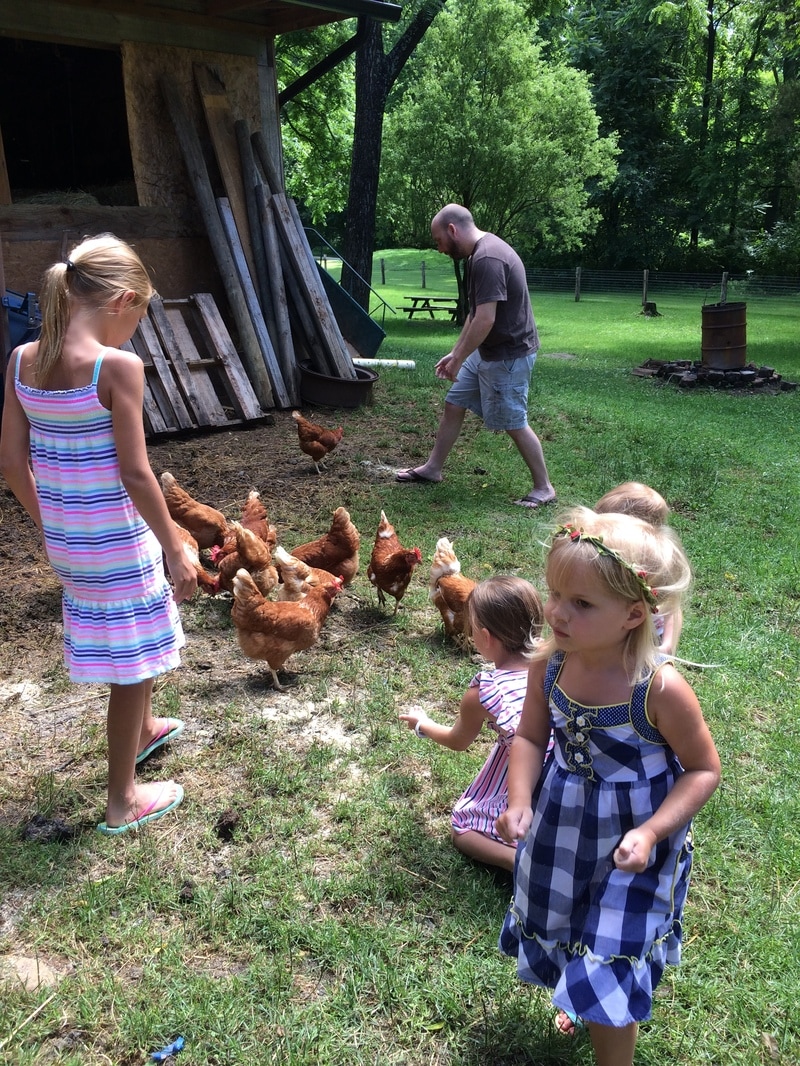
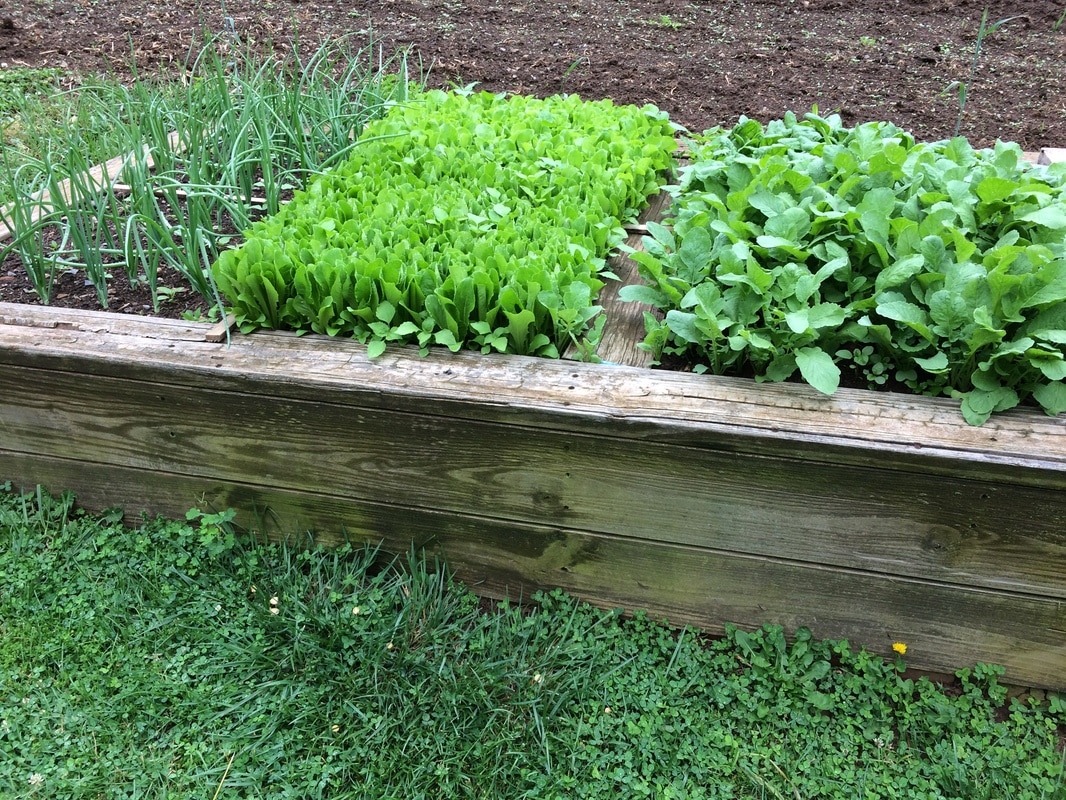
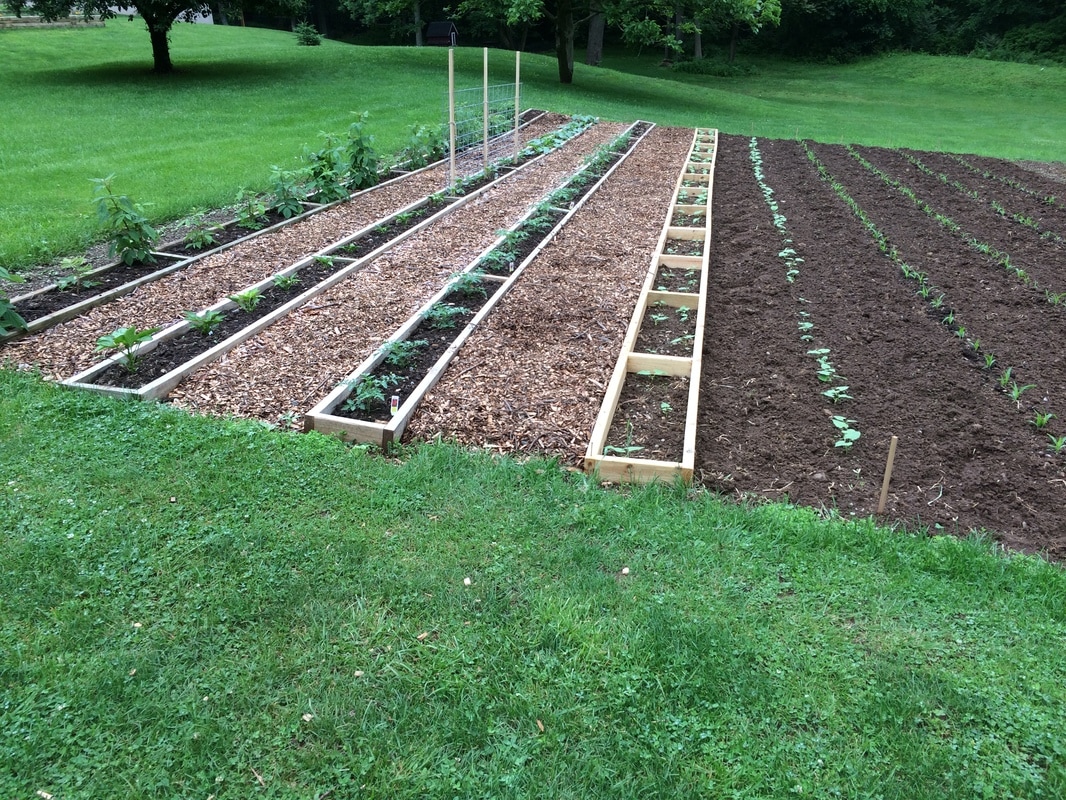
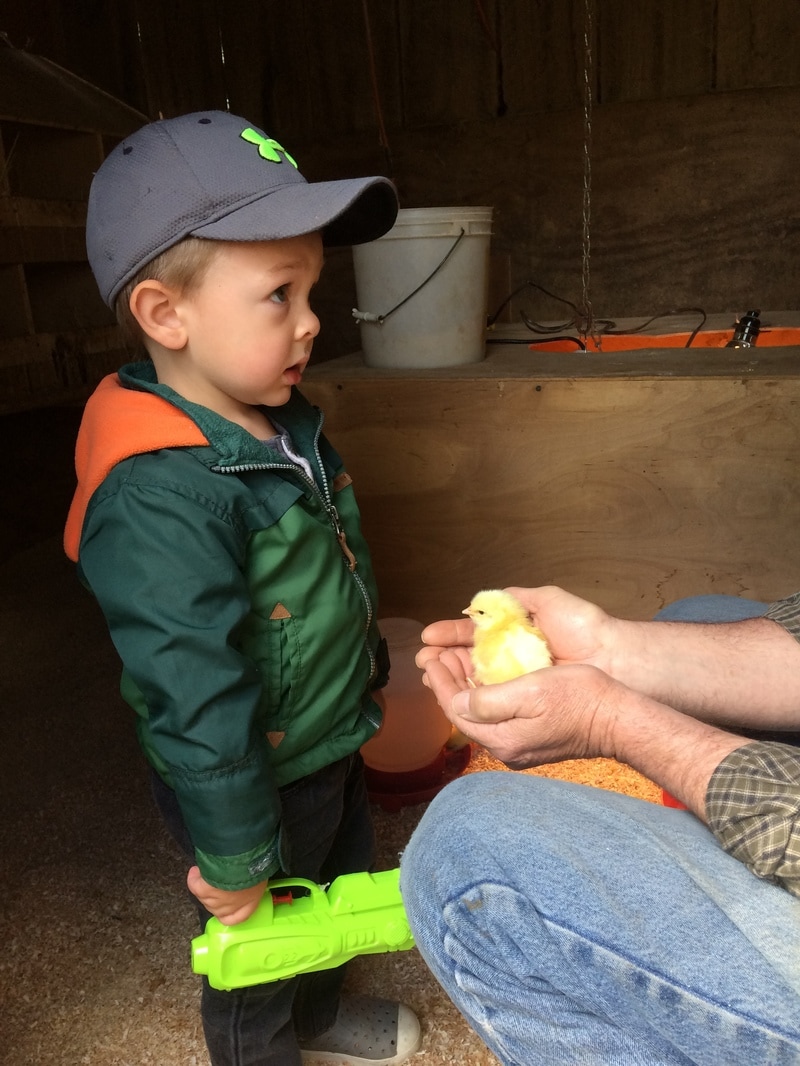

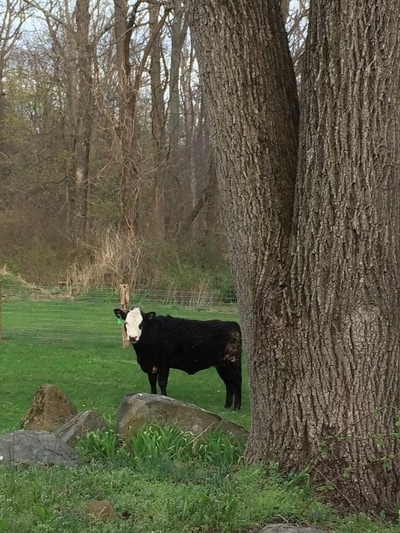
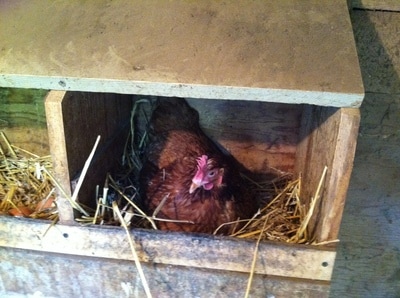
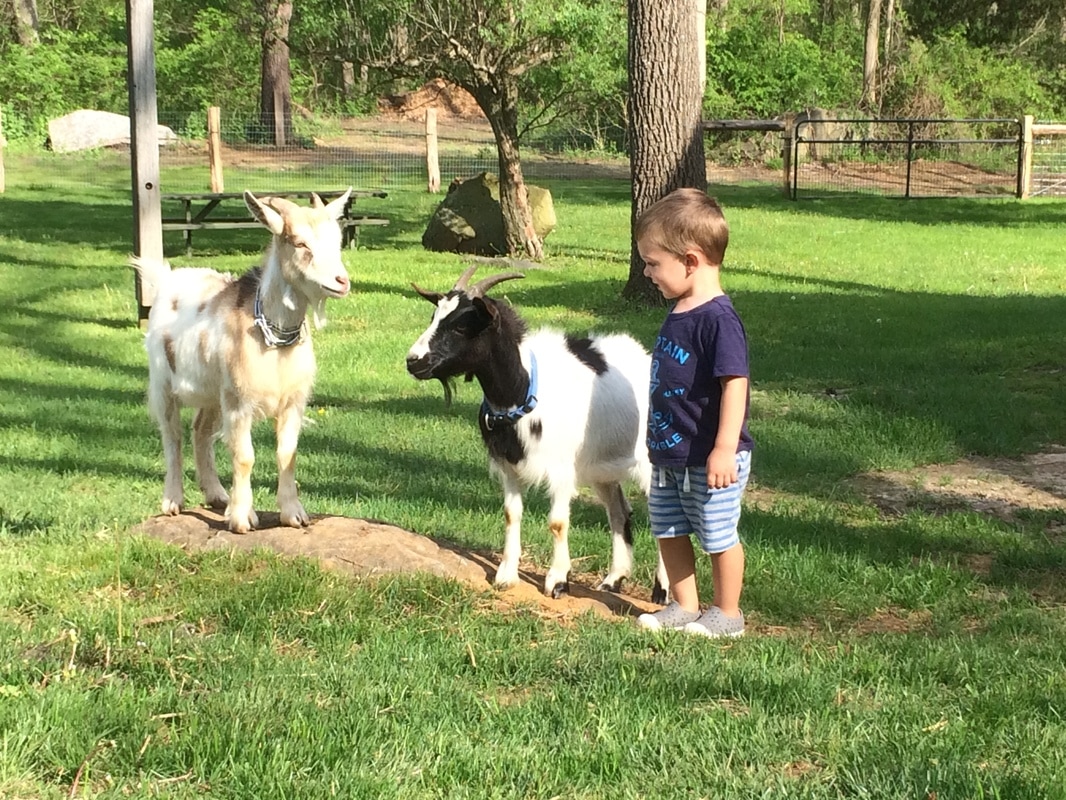
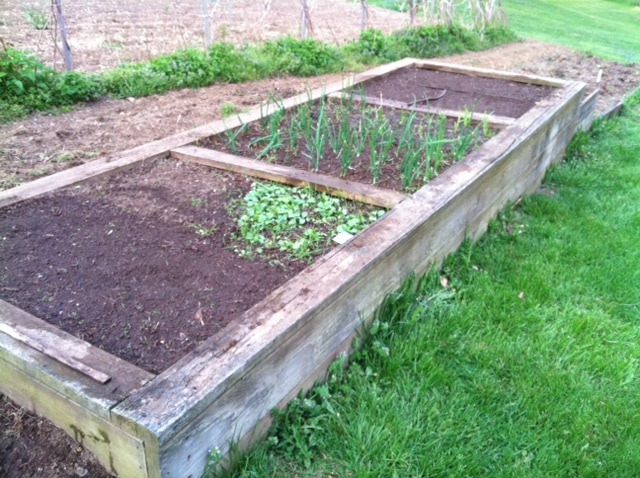
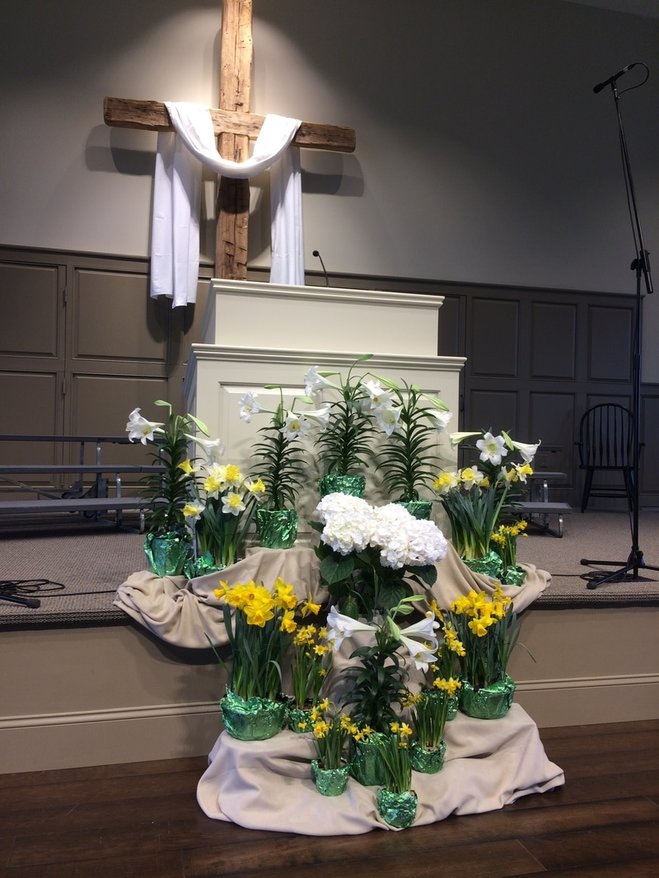
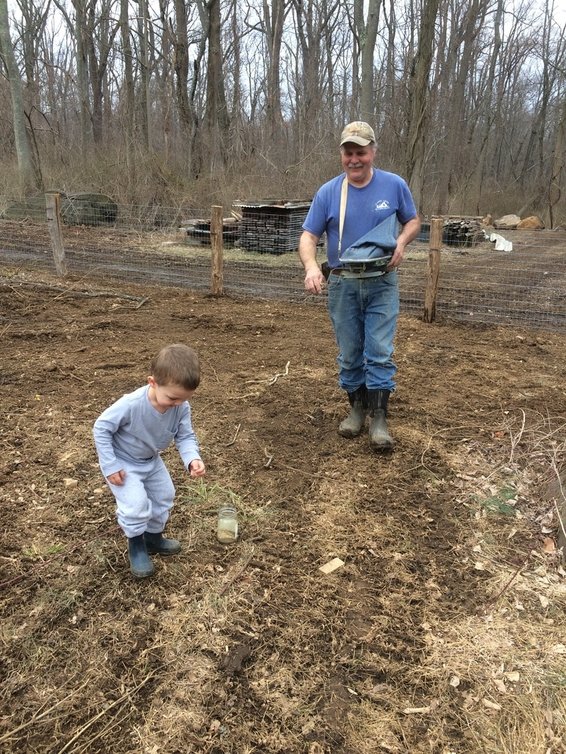
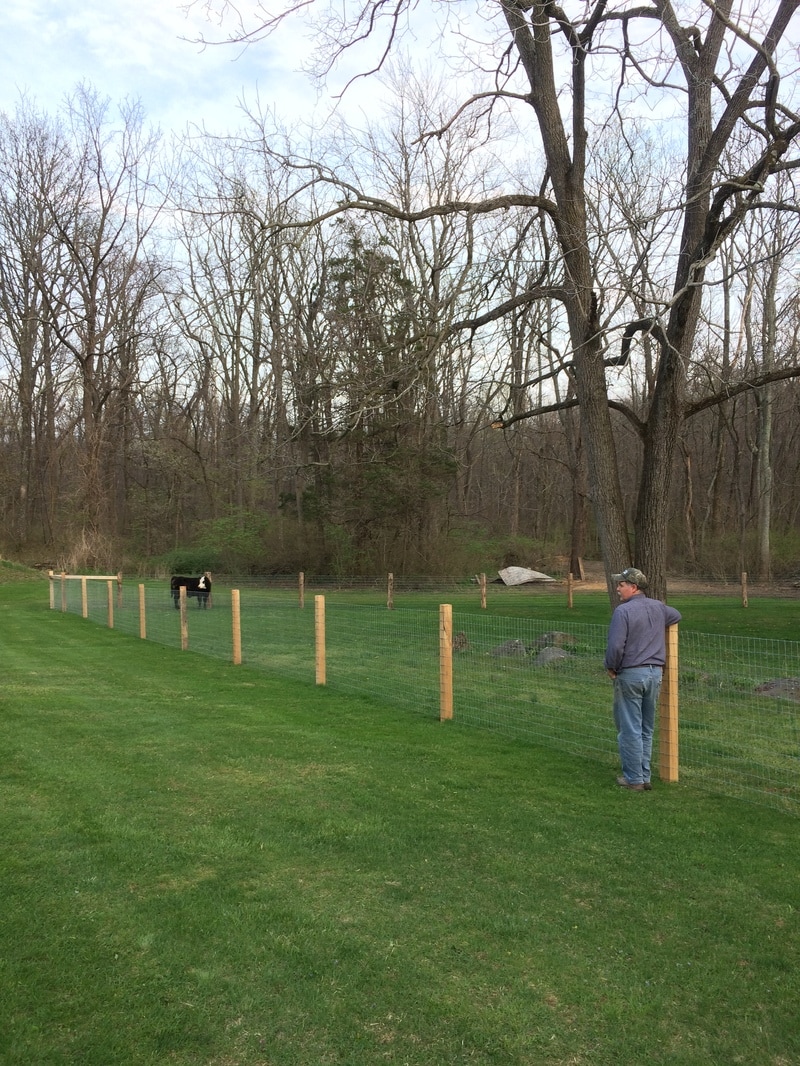

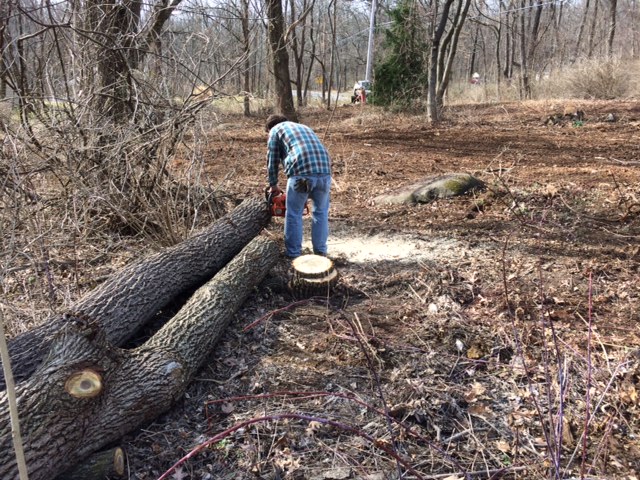
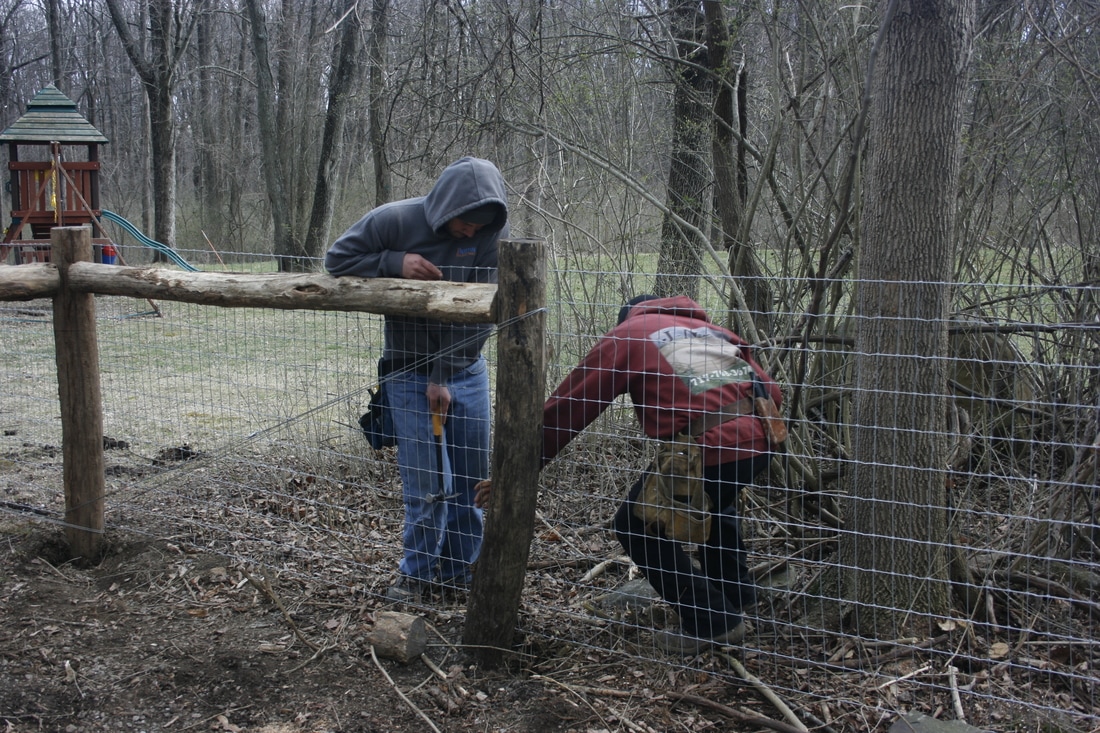
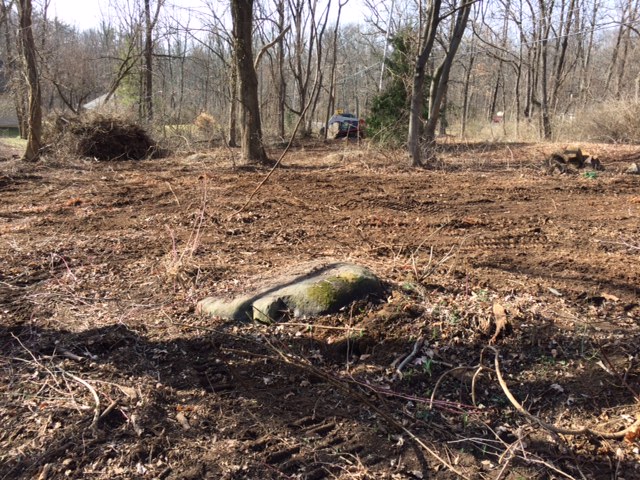
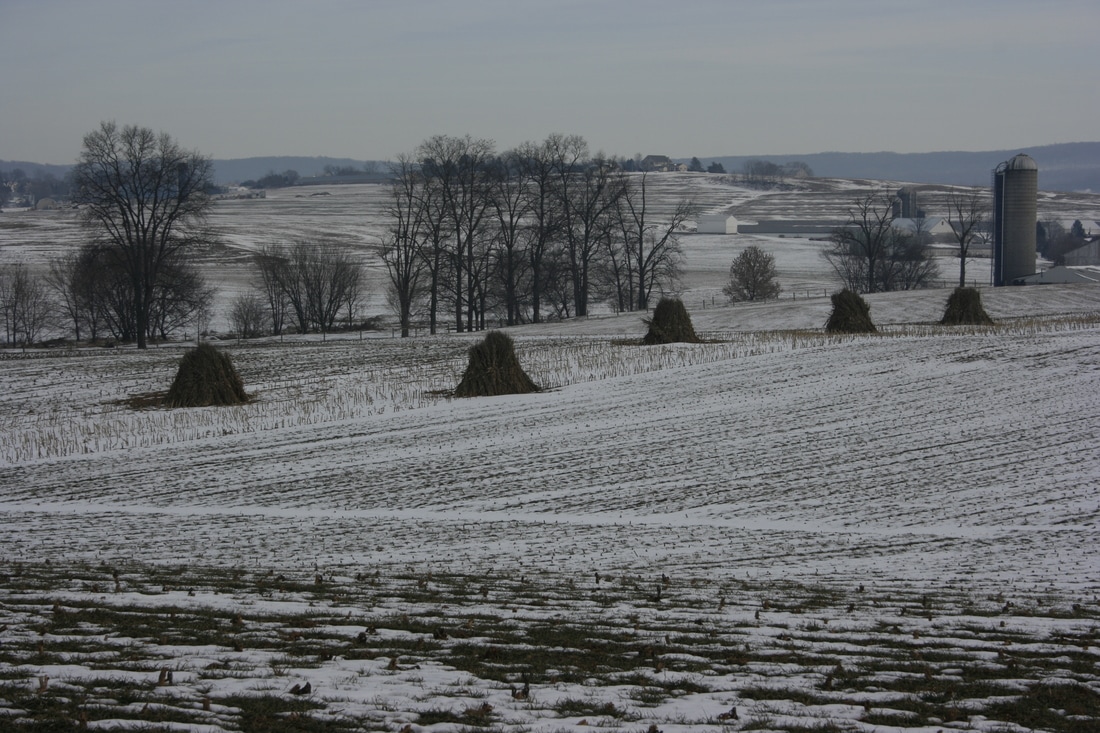
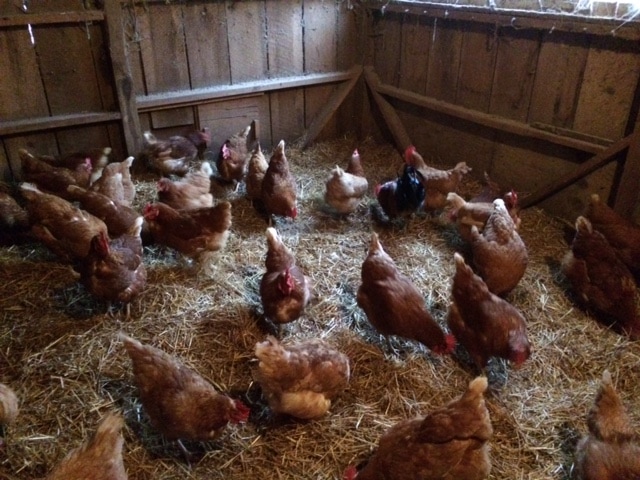

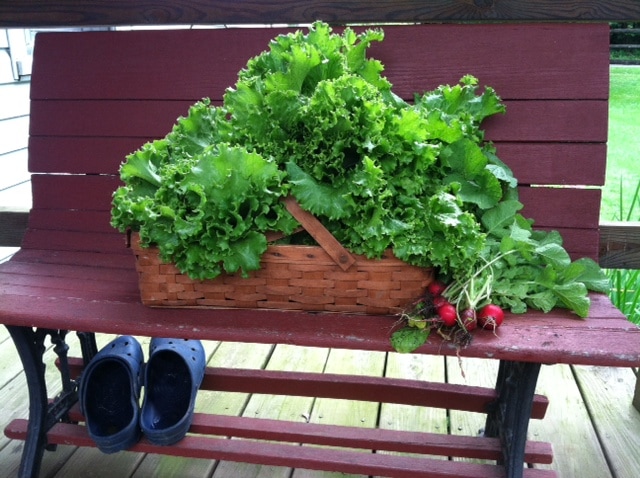
 RSS Feed
RSS Feed
